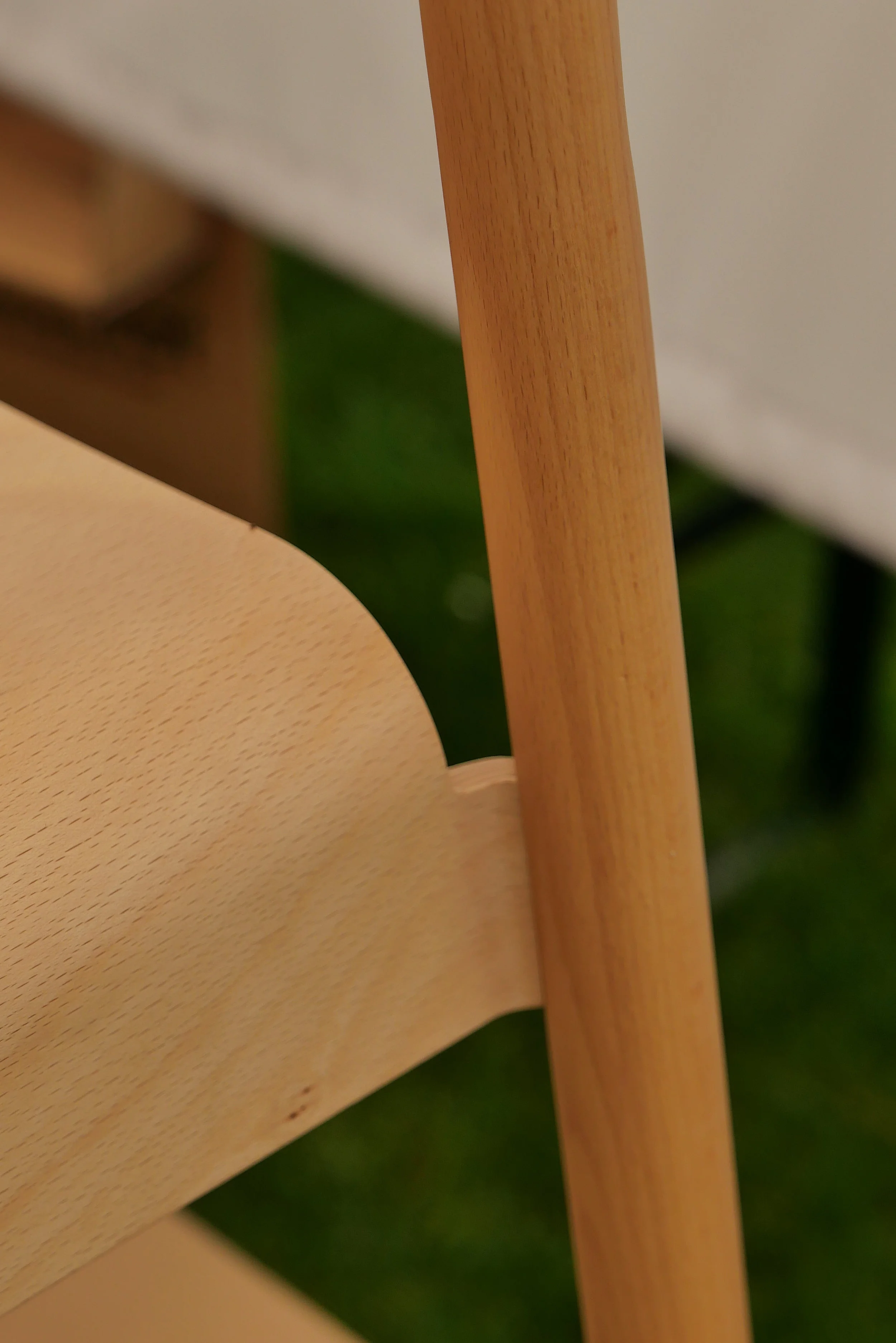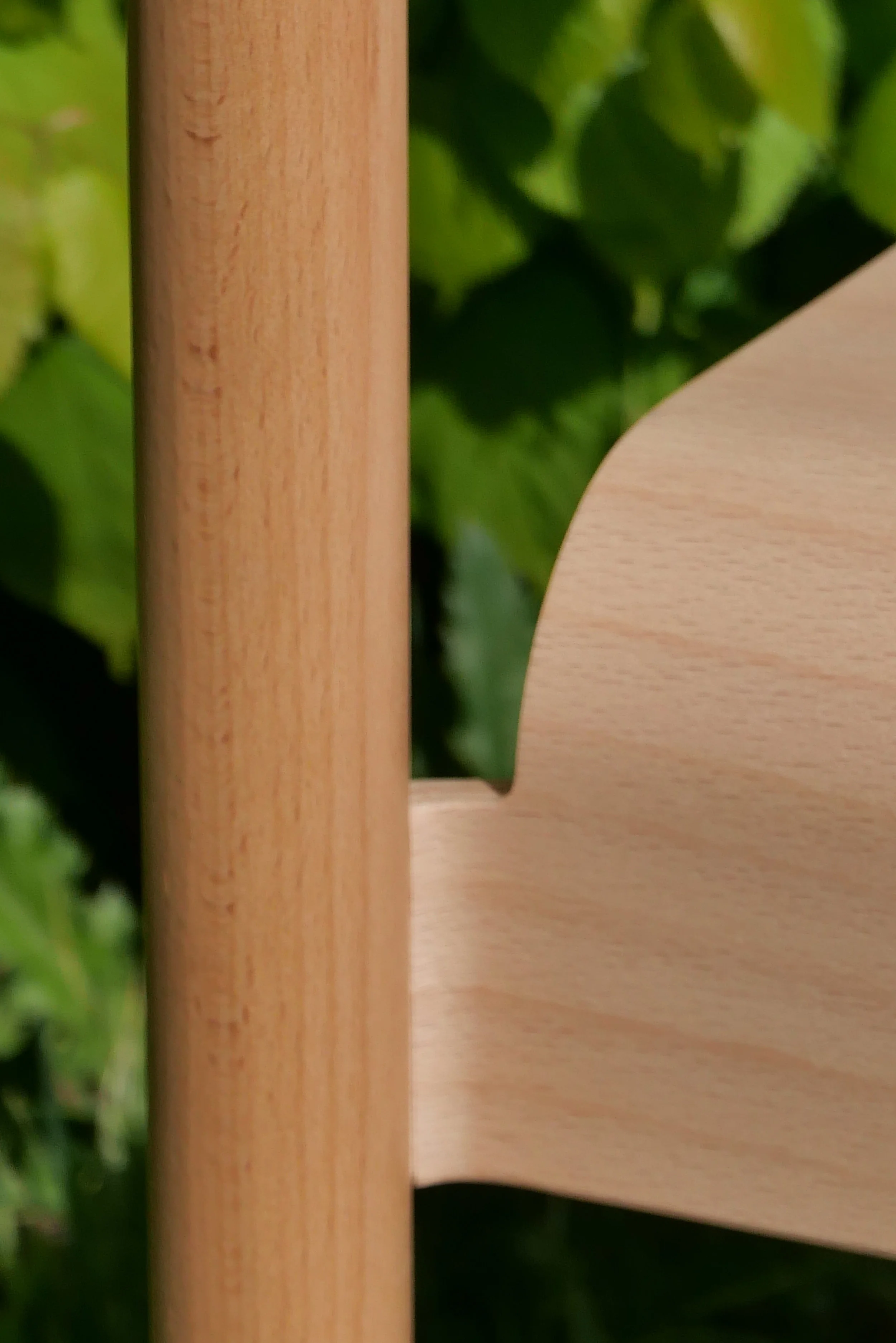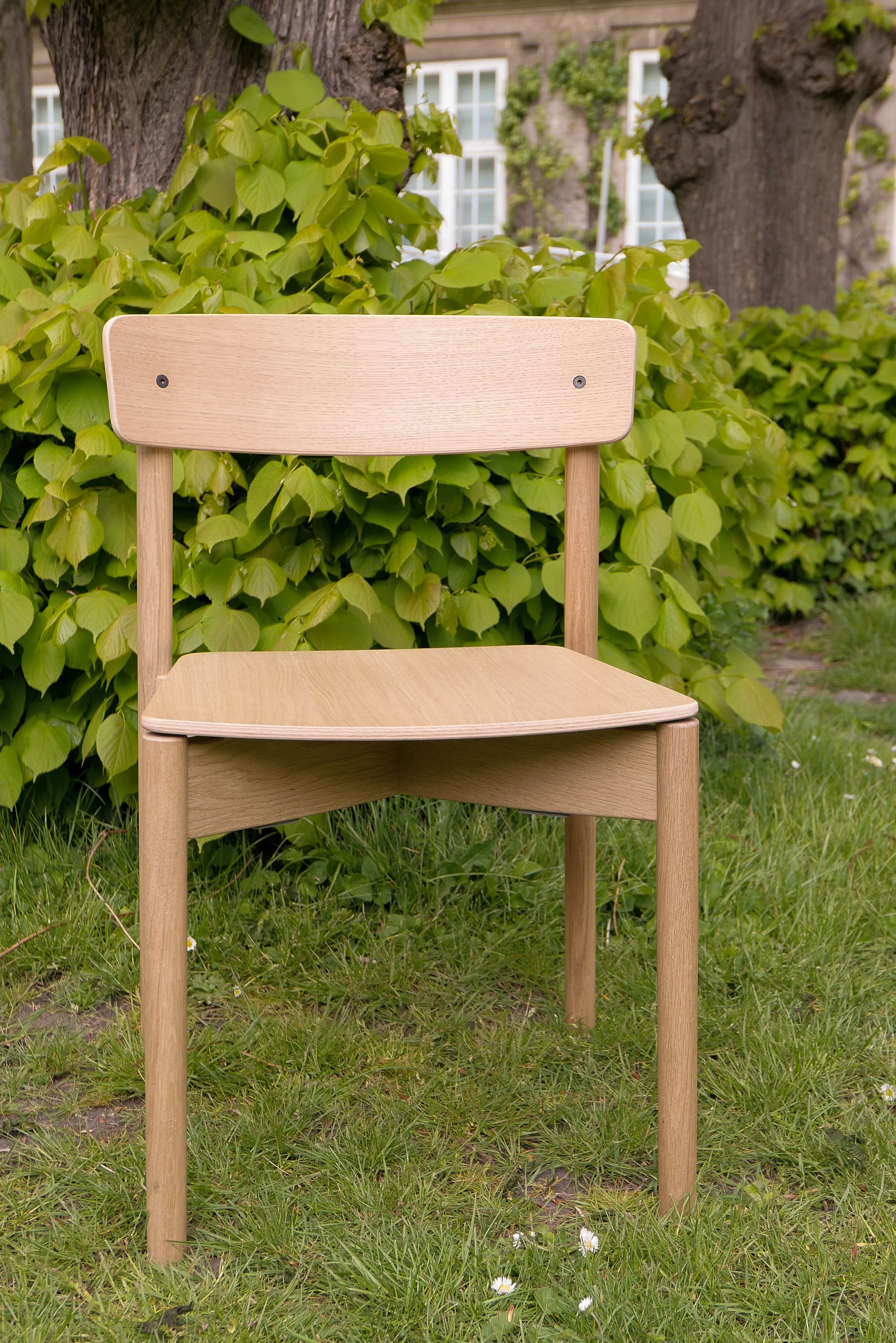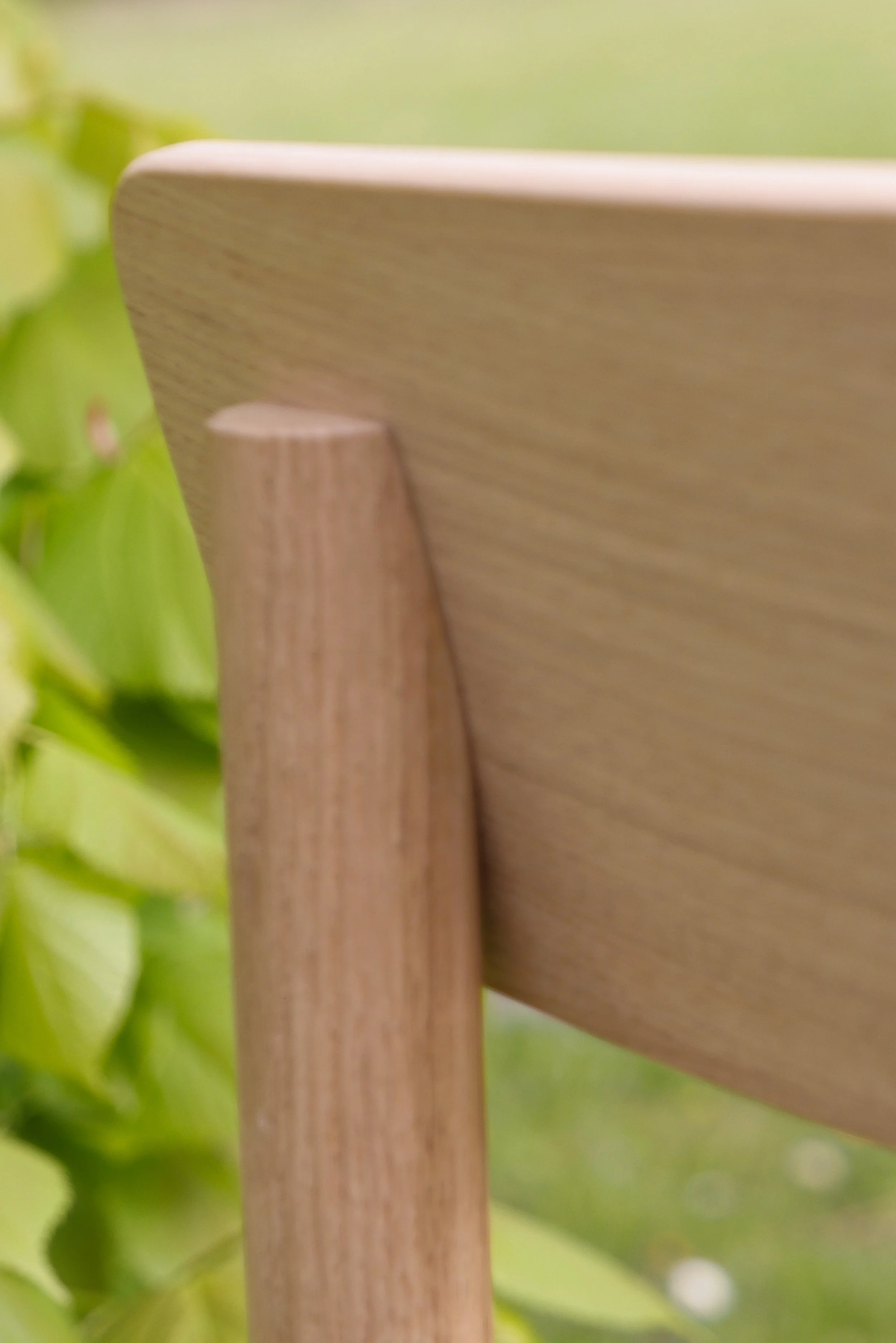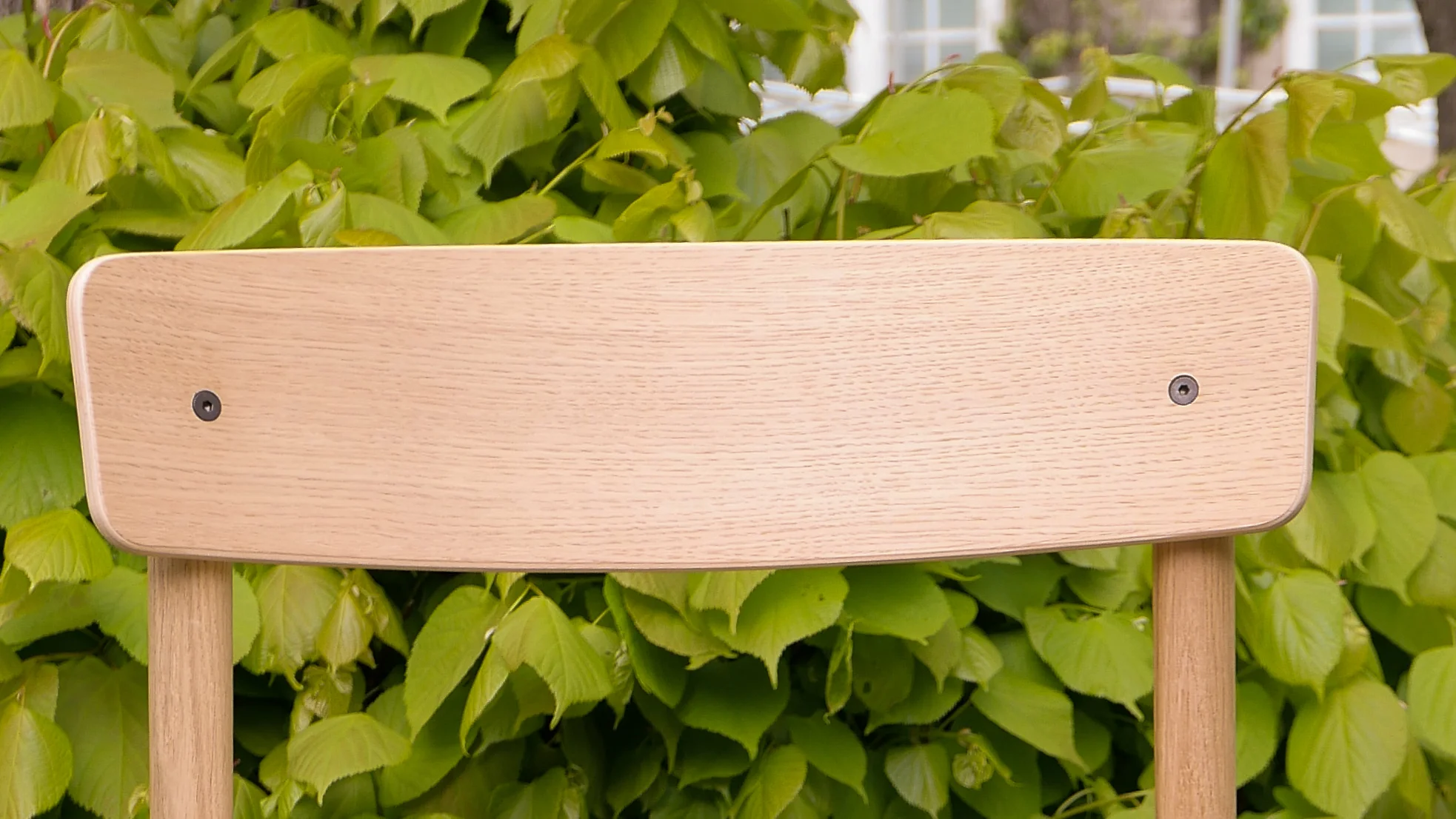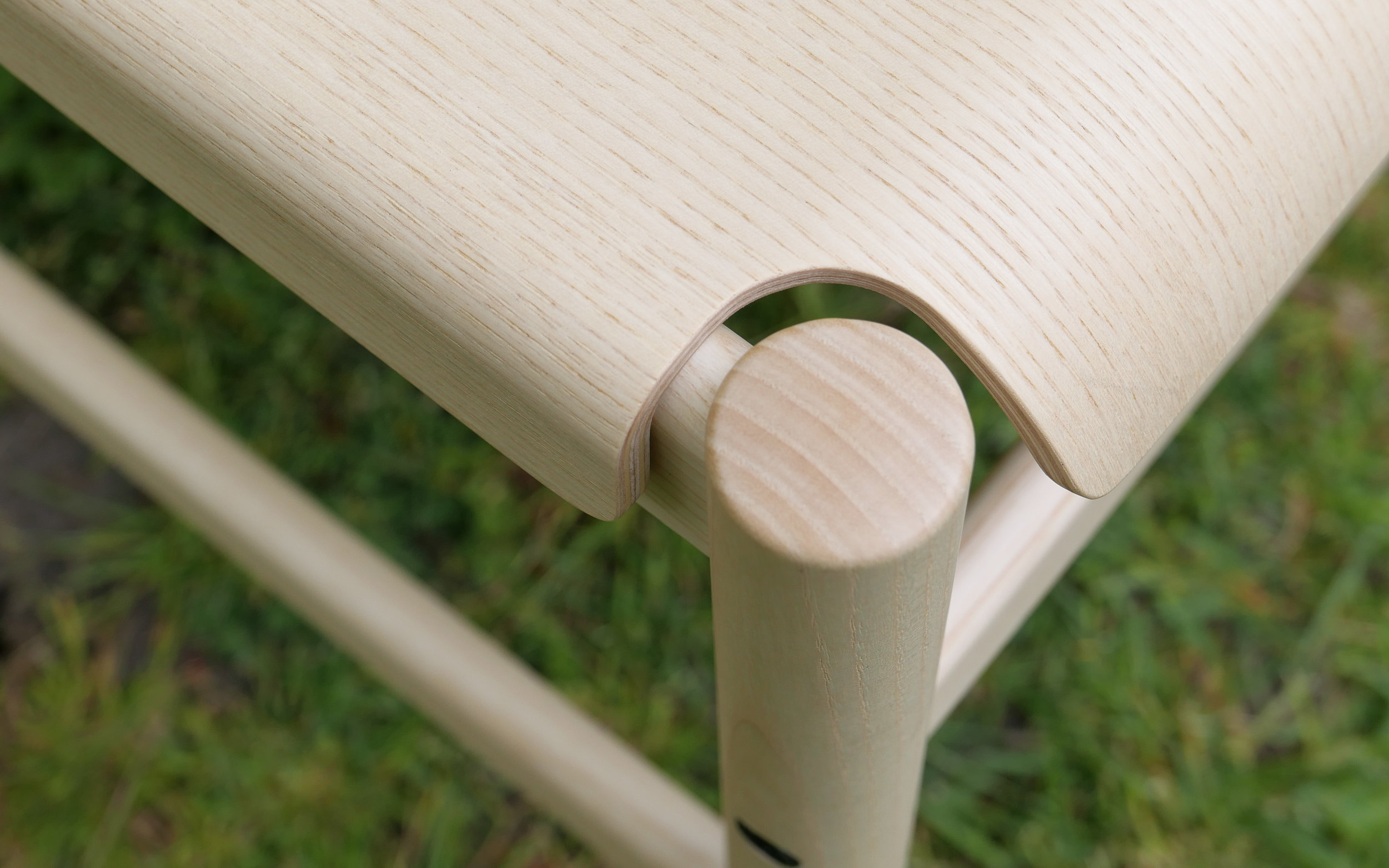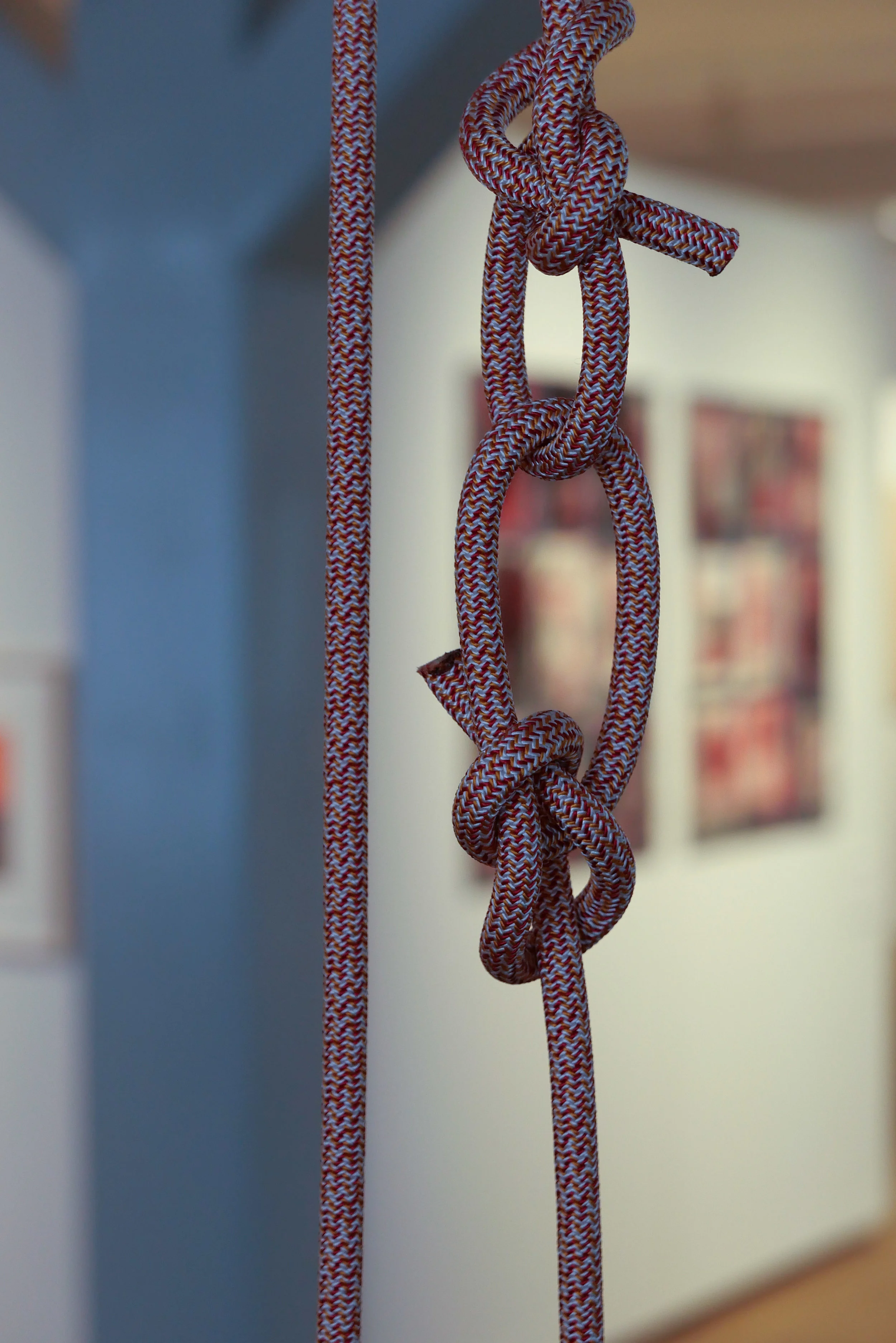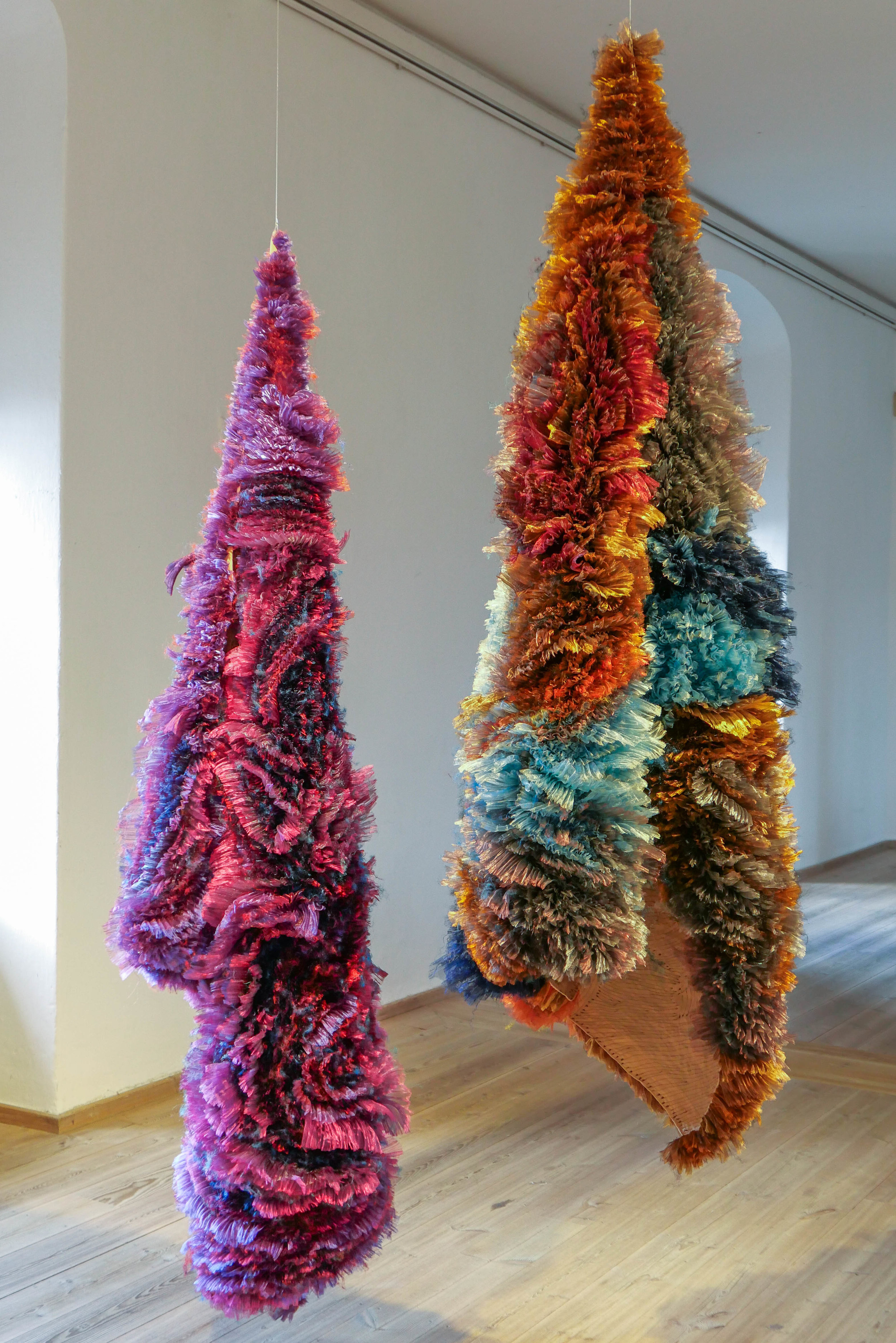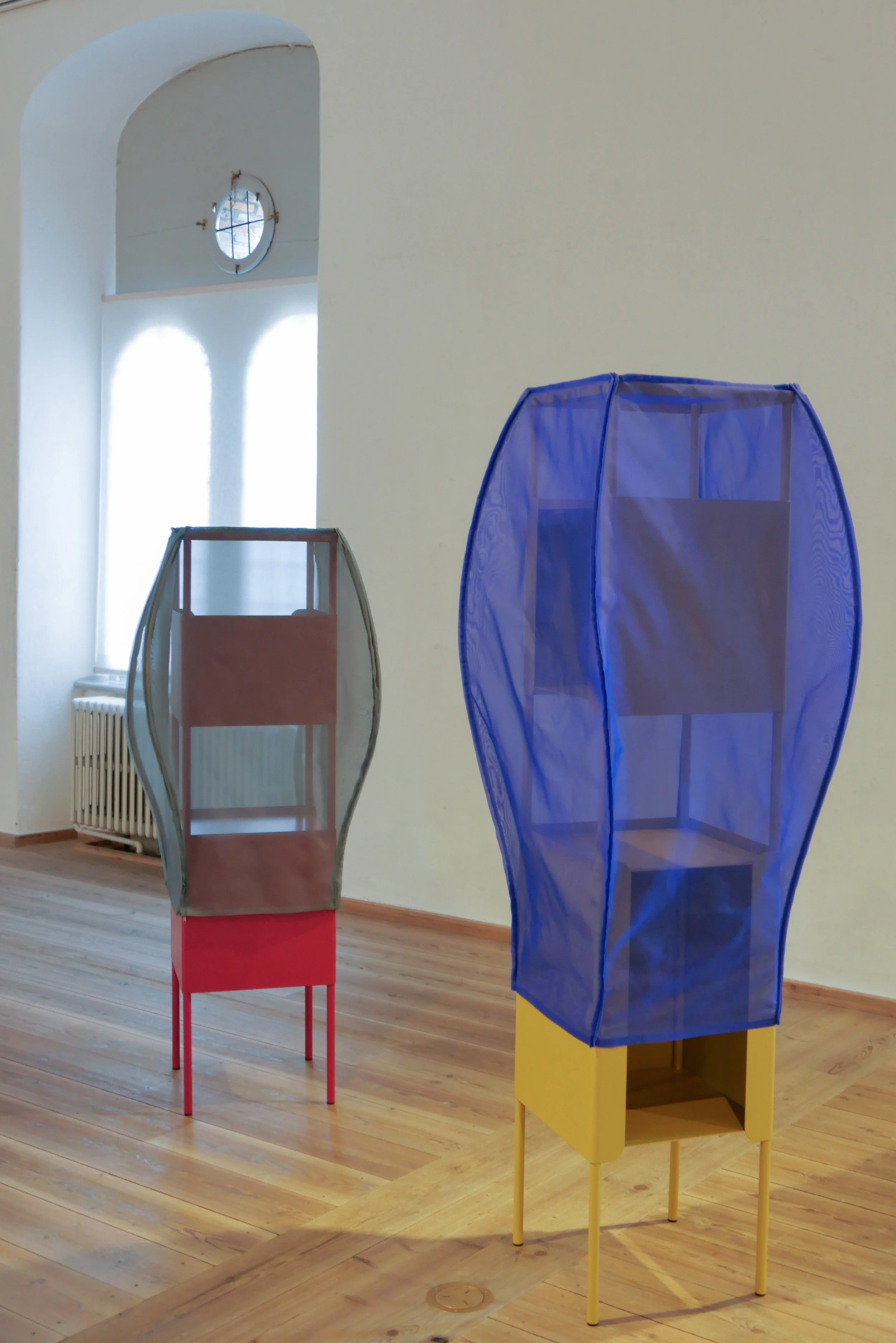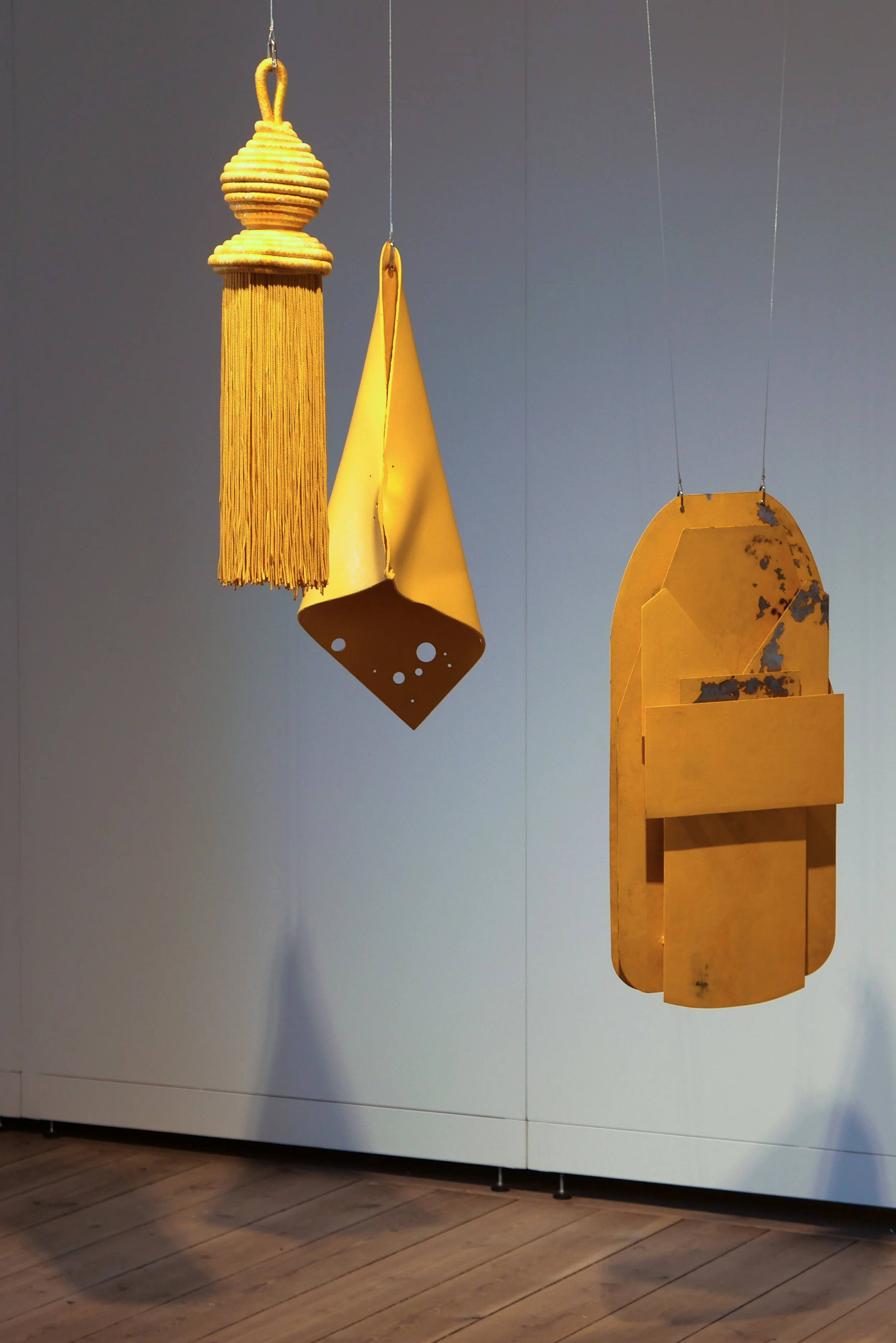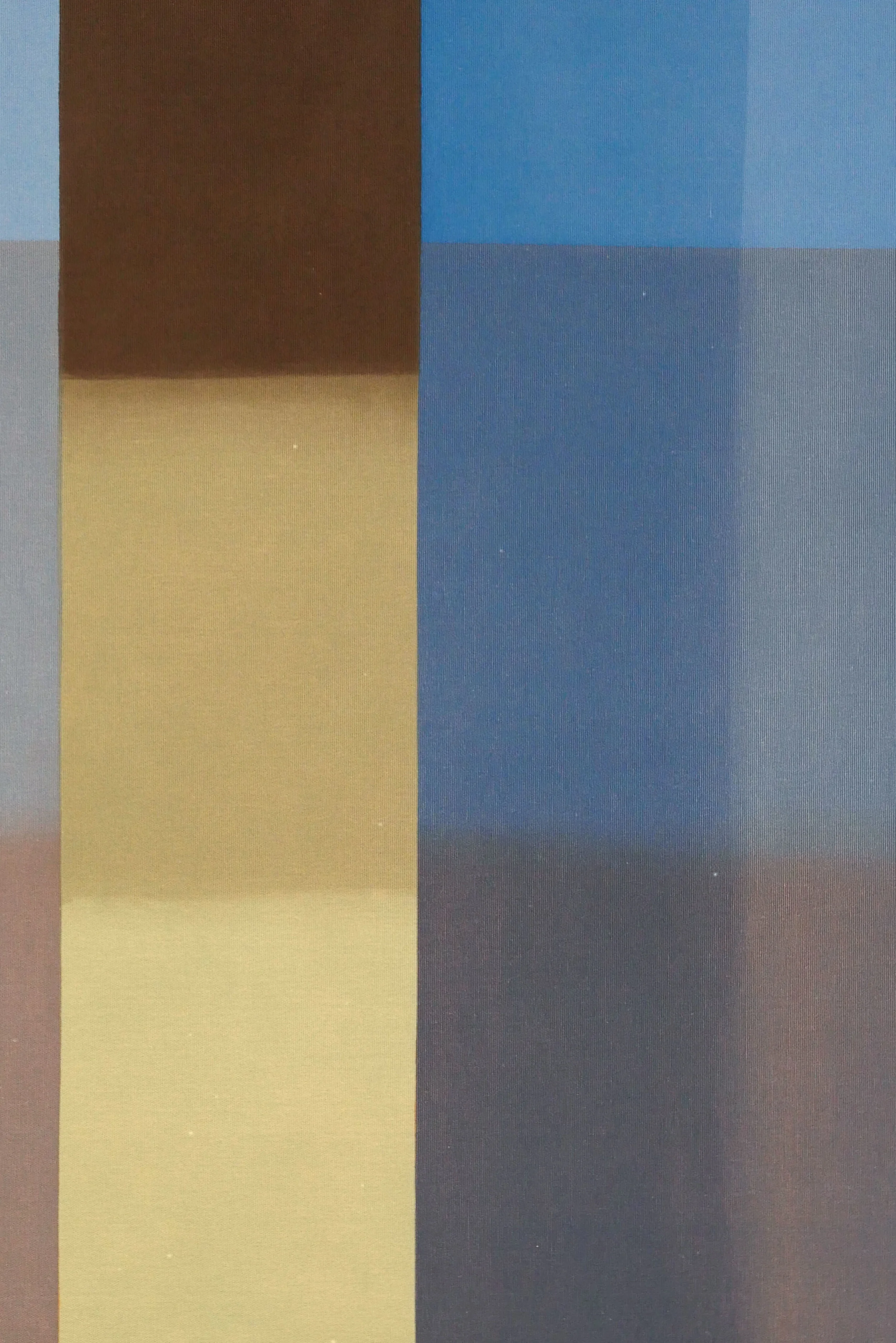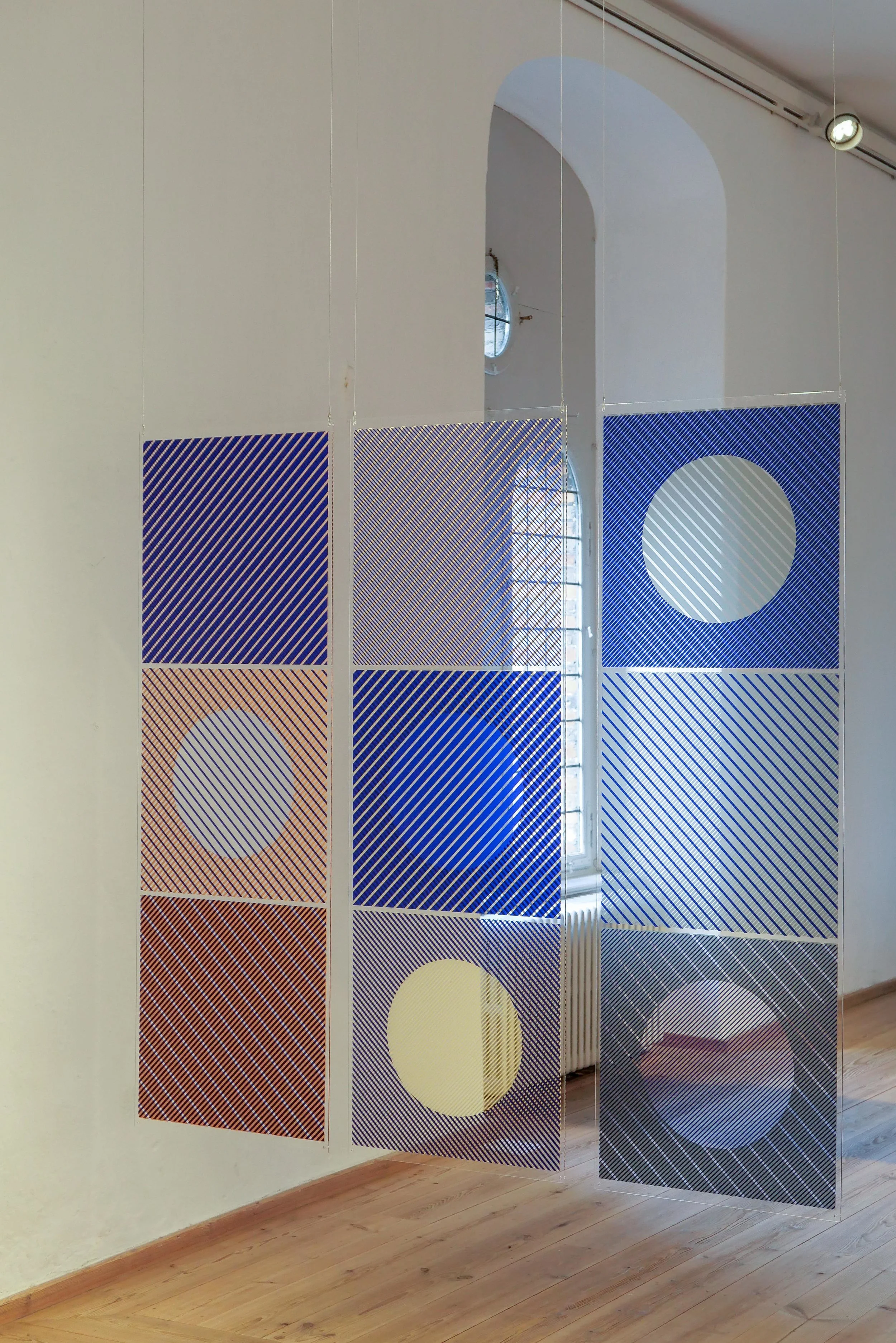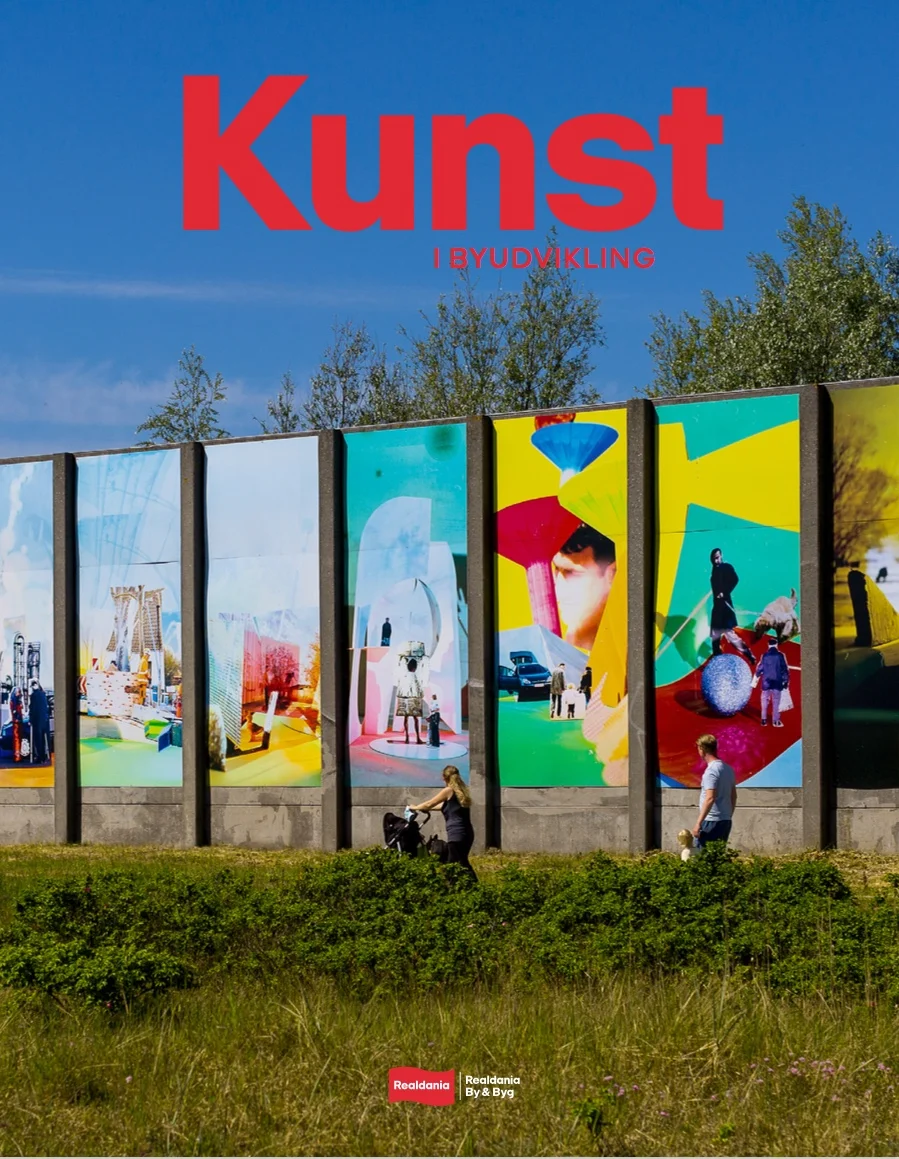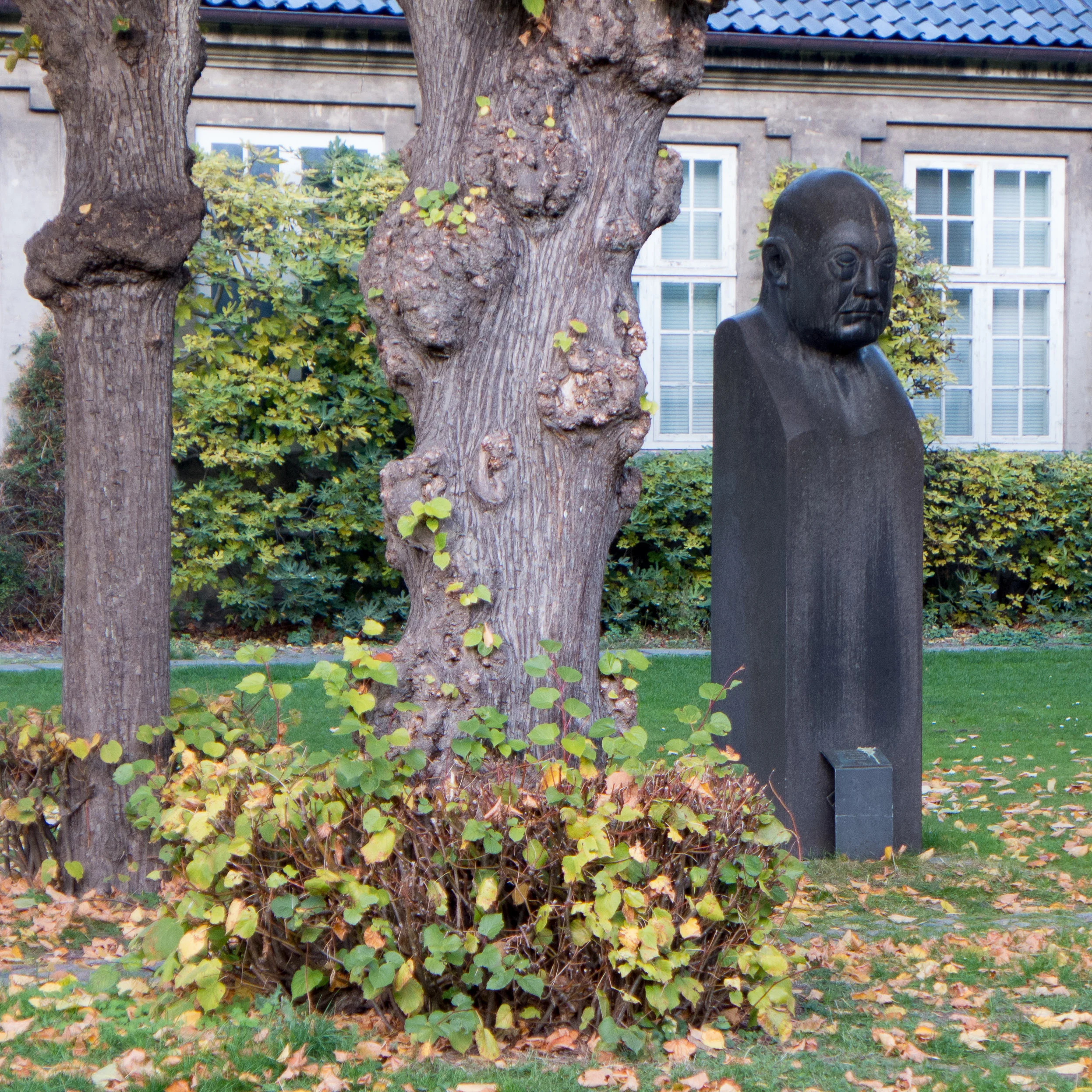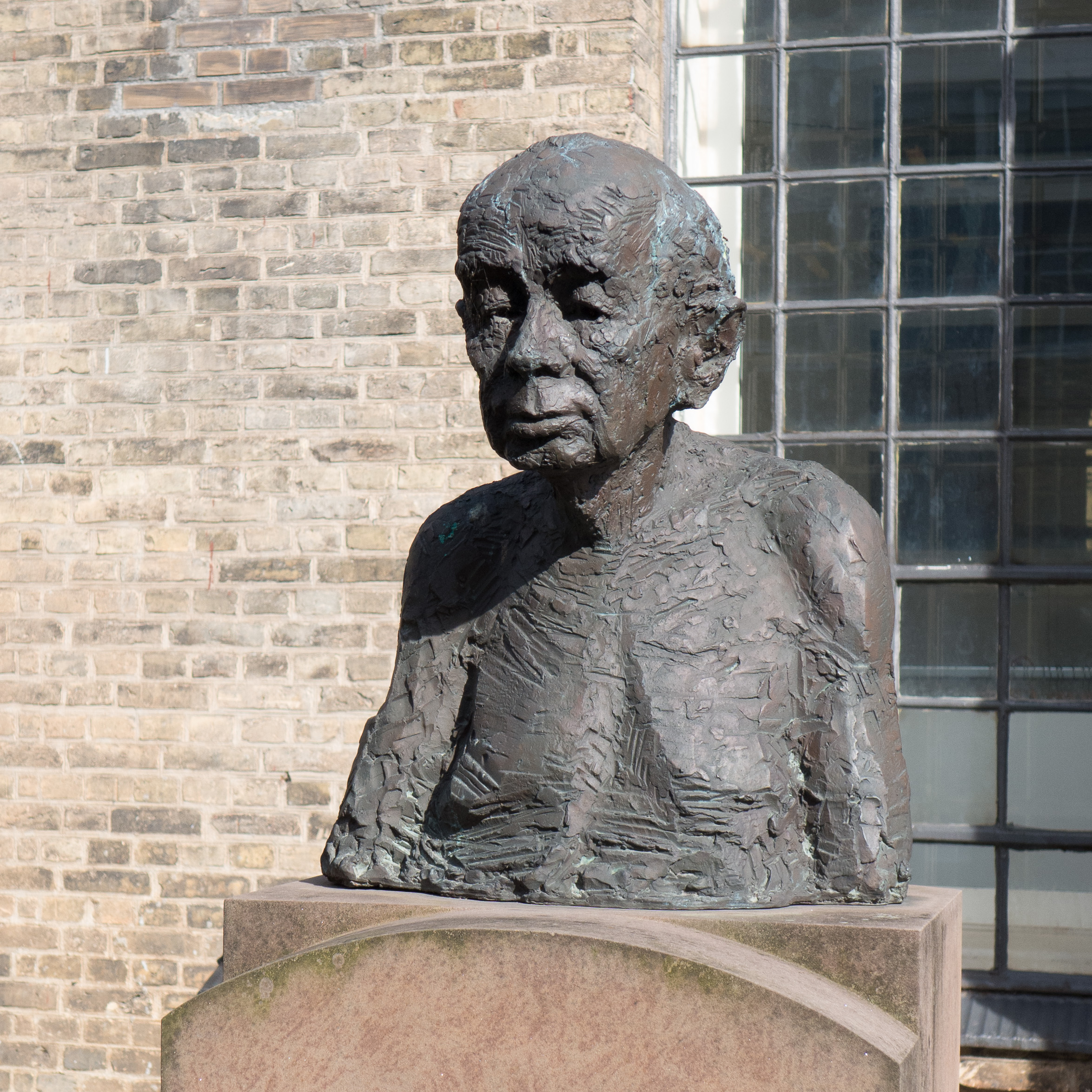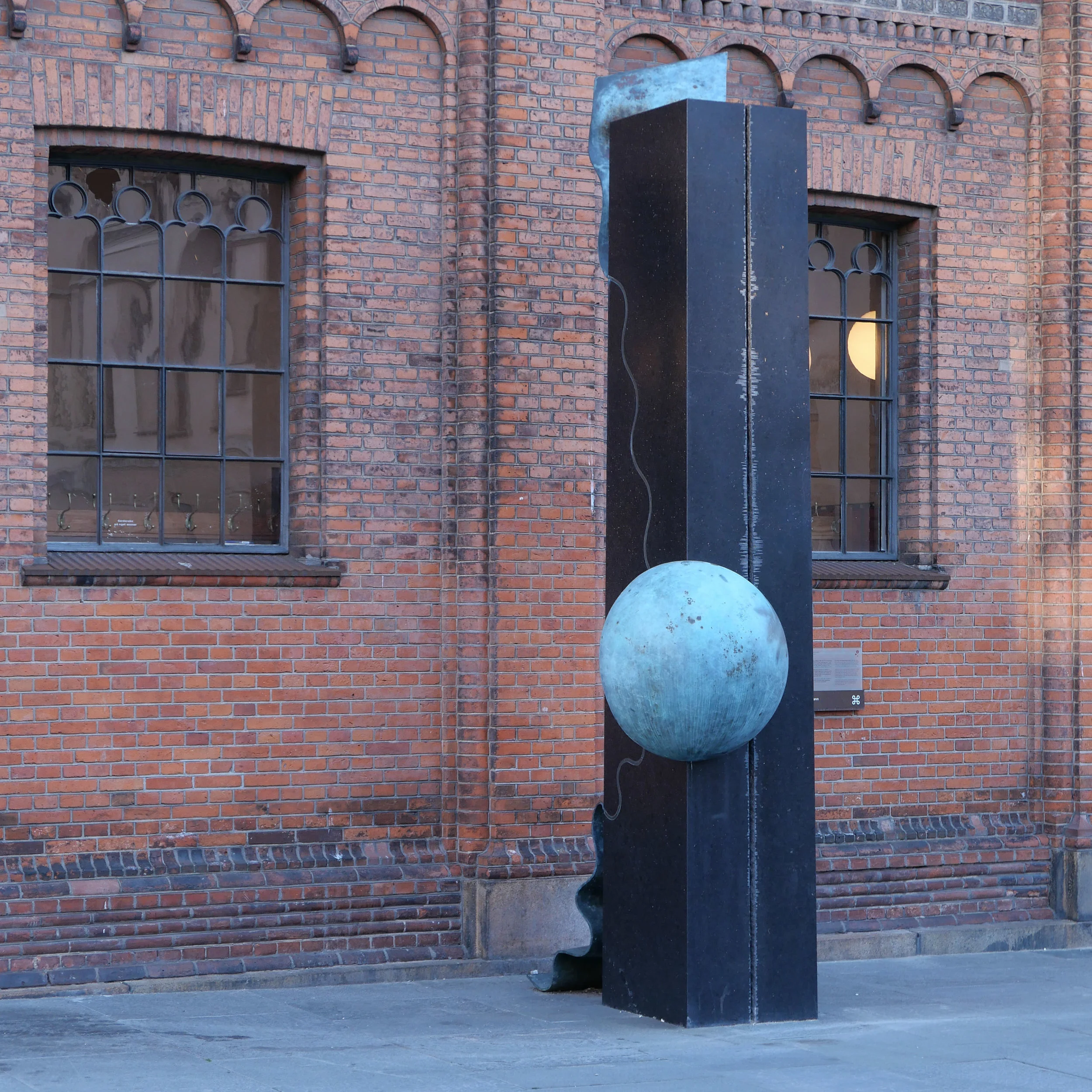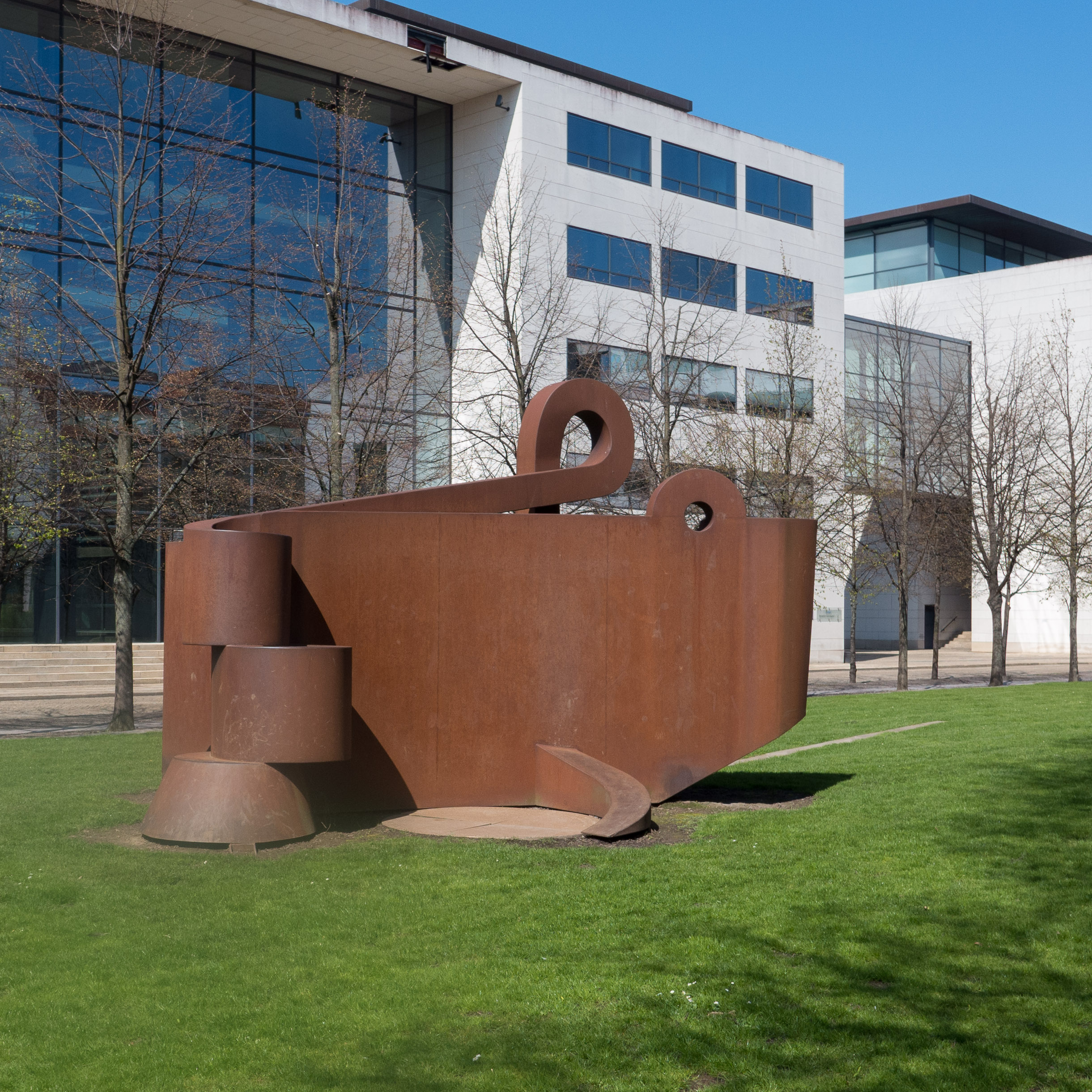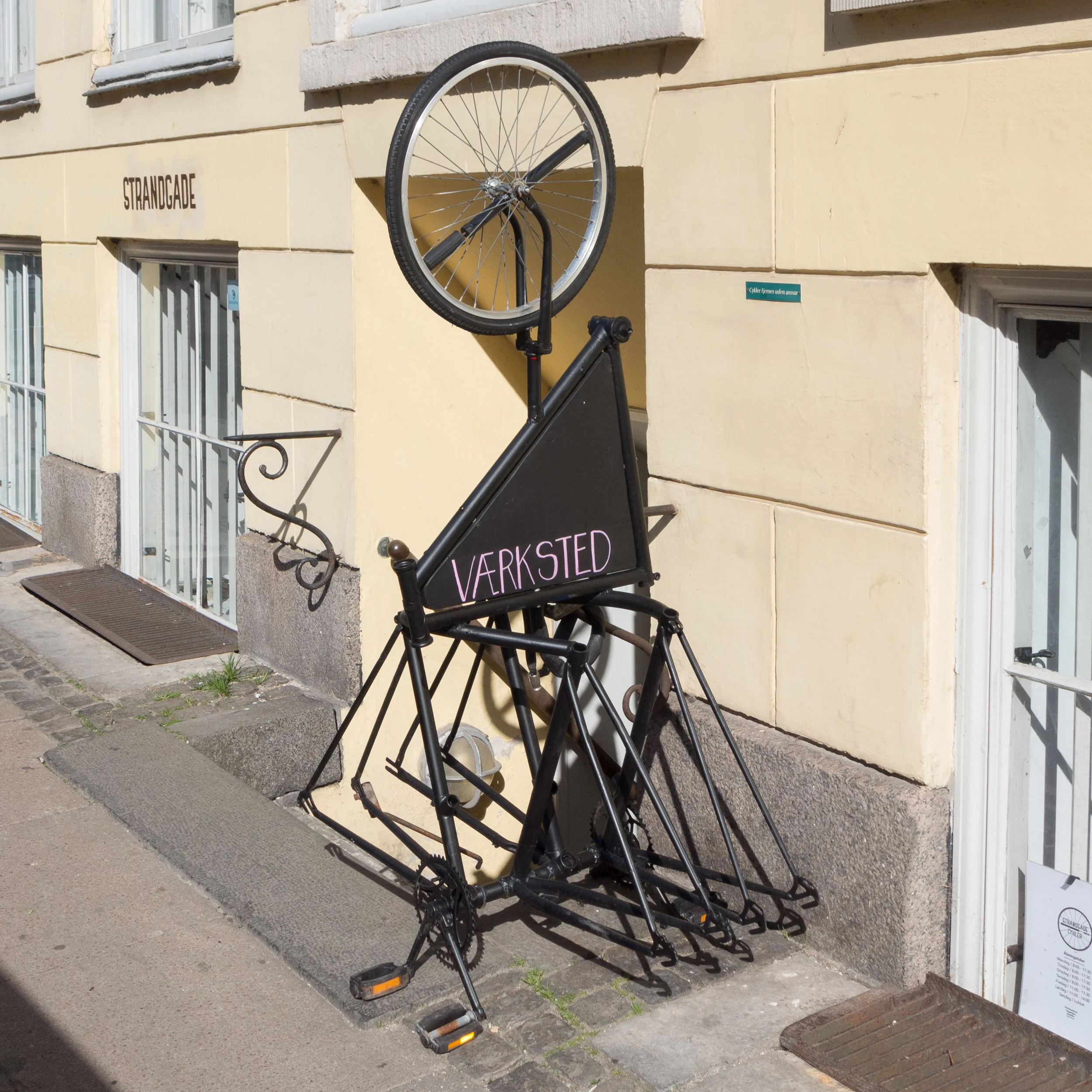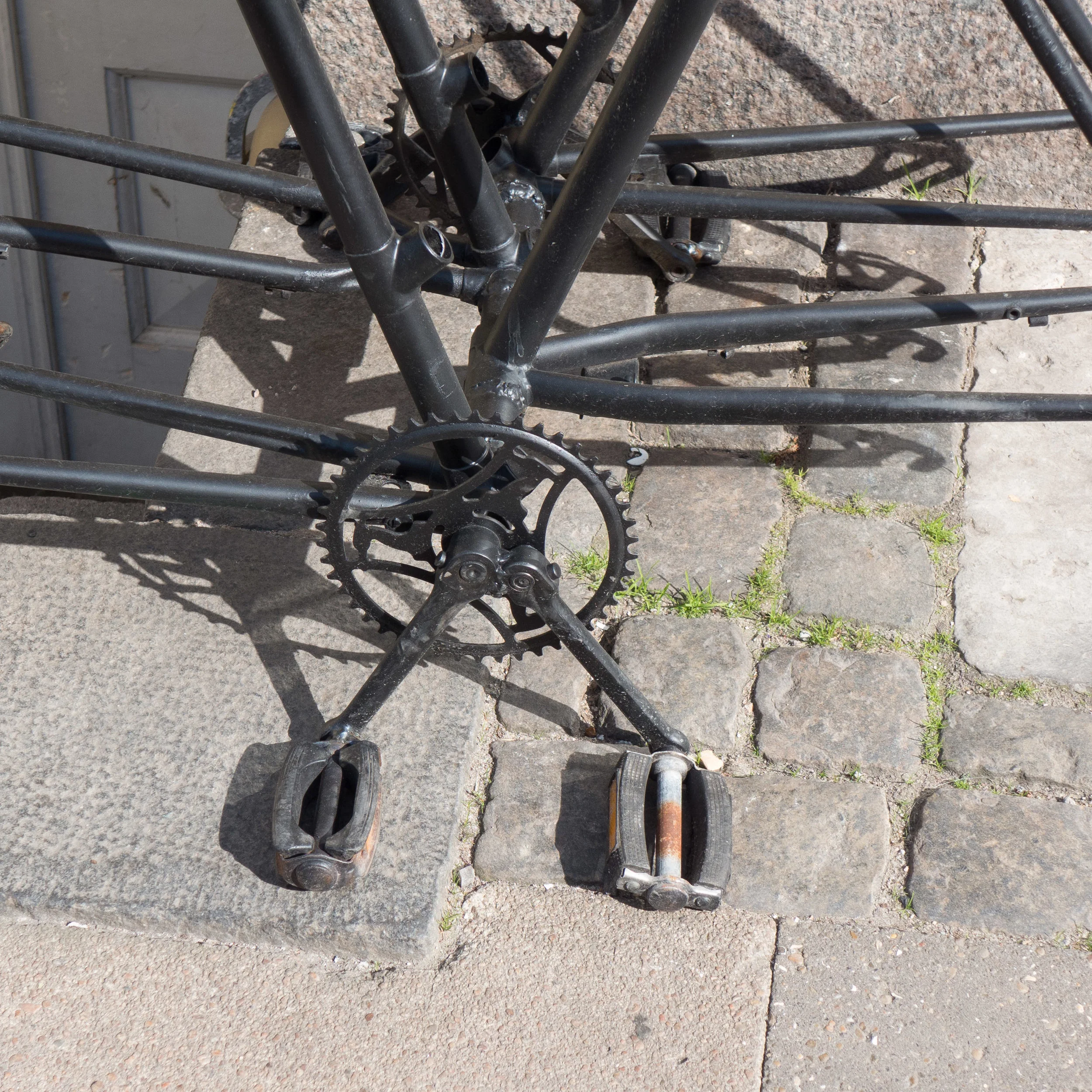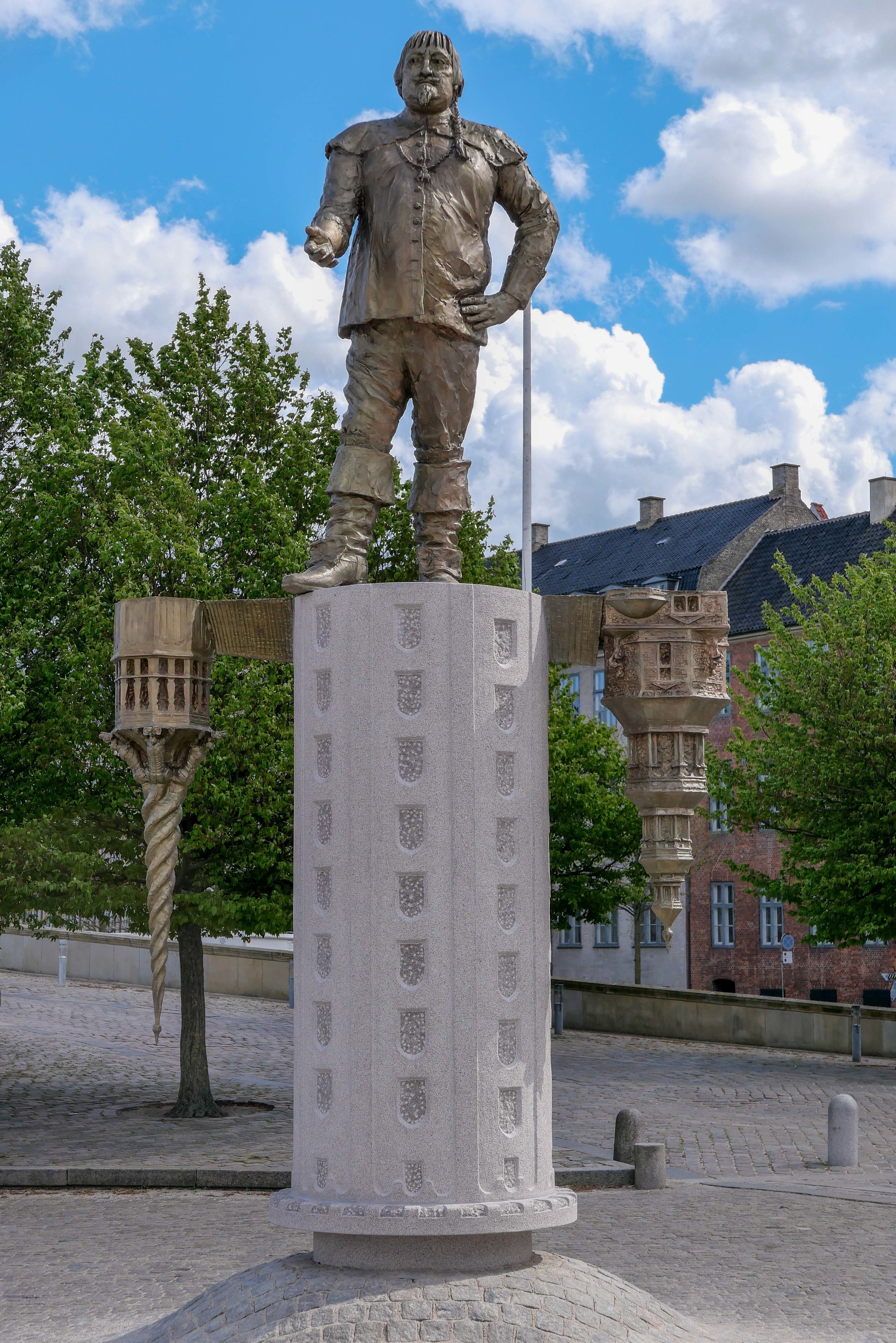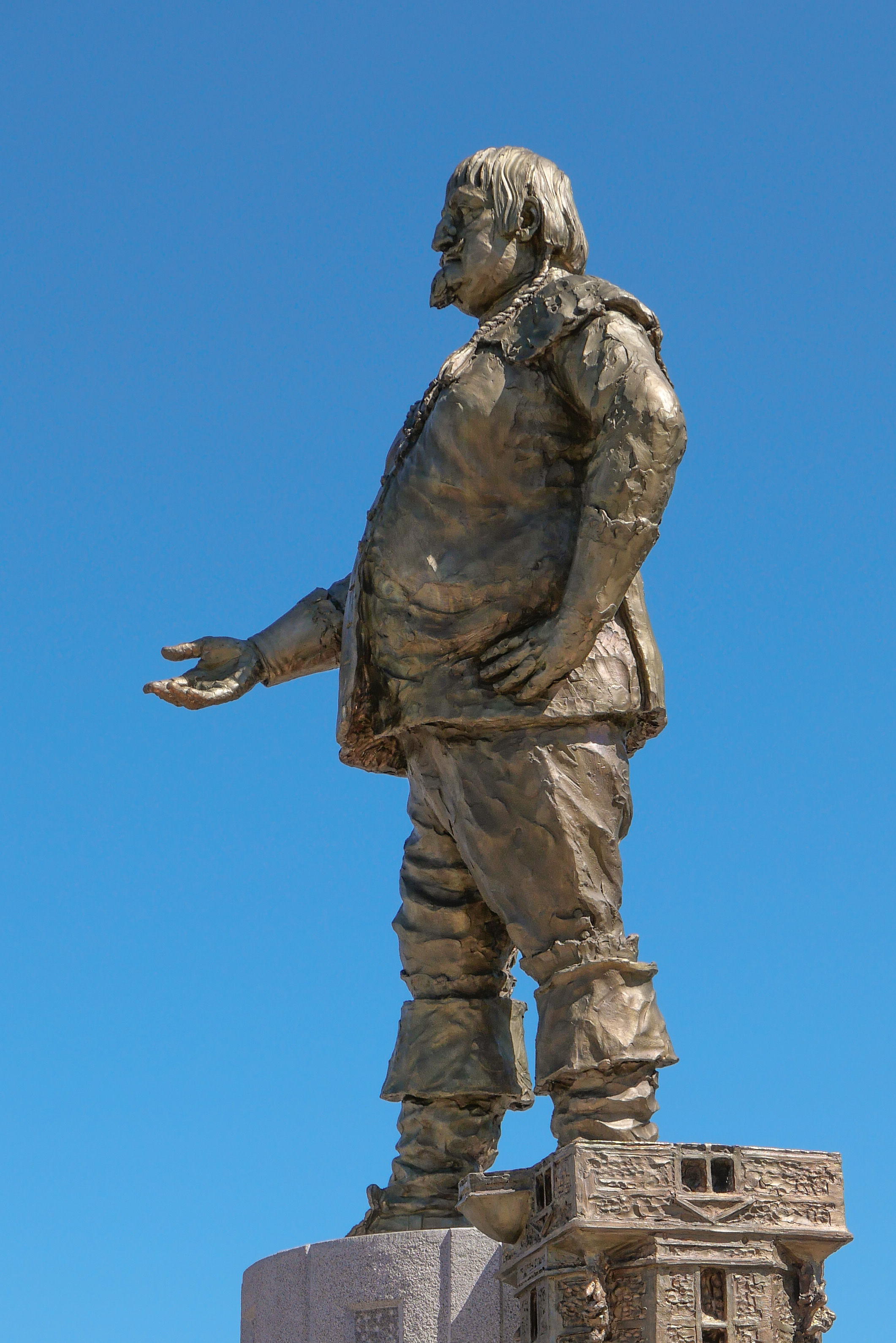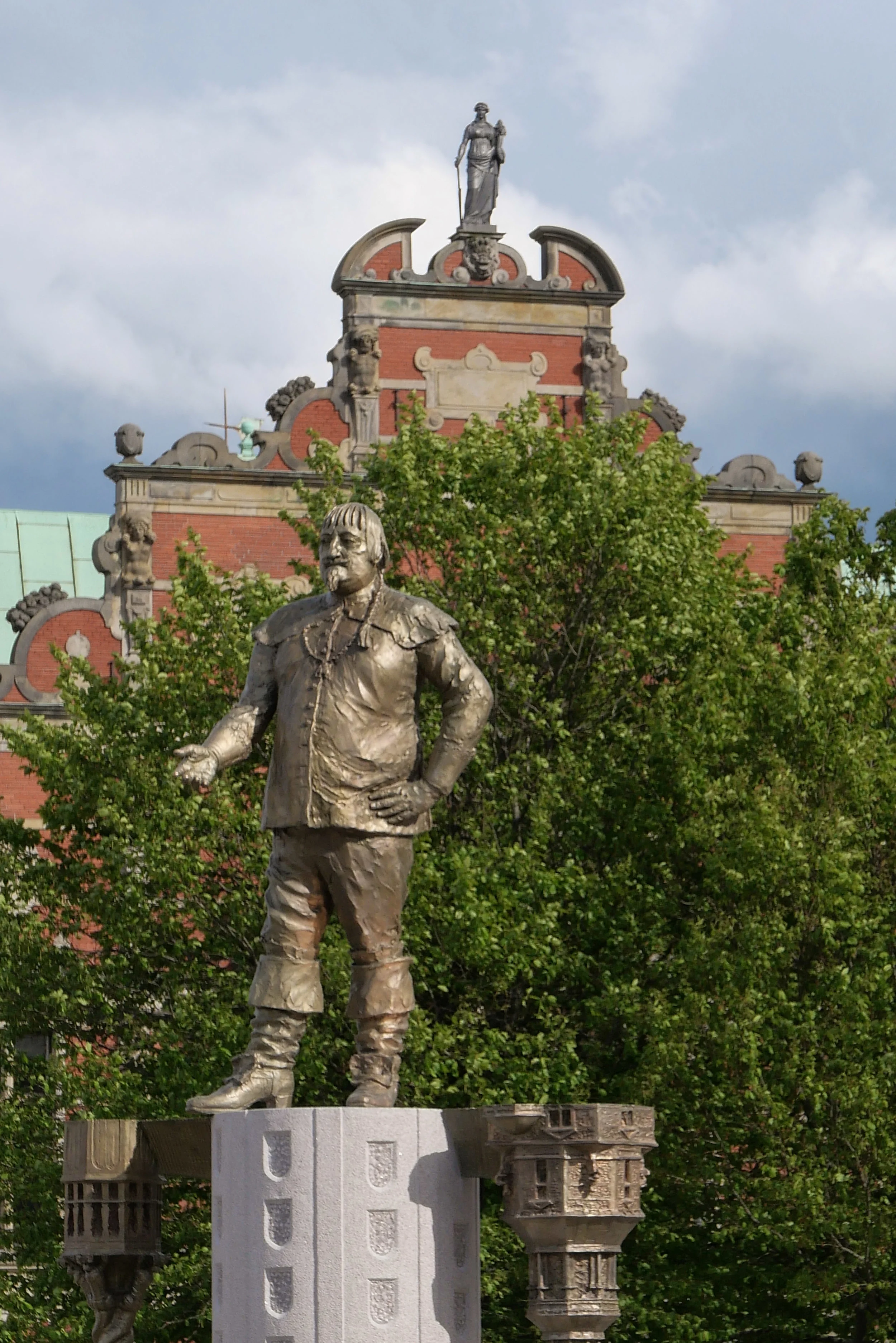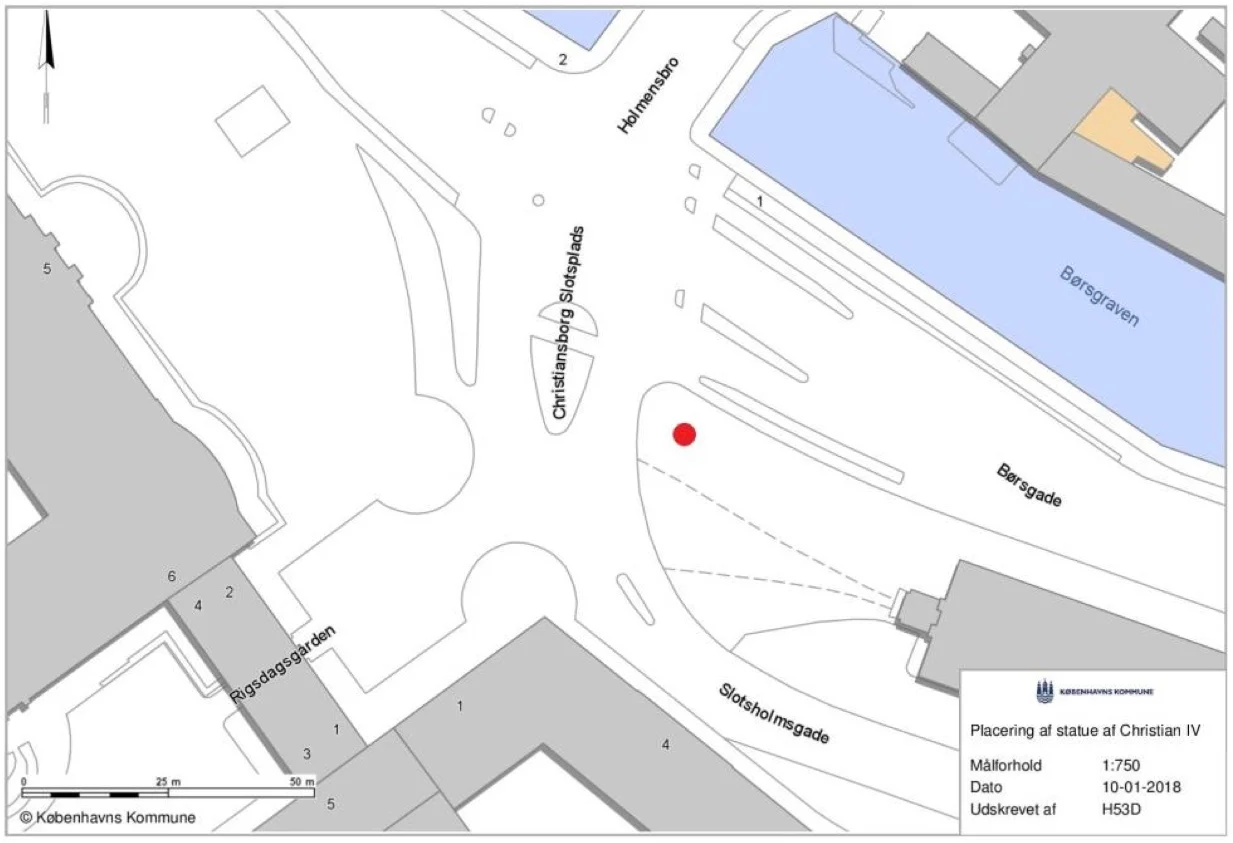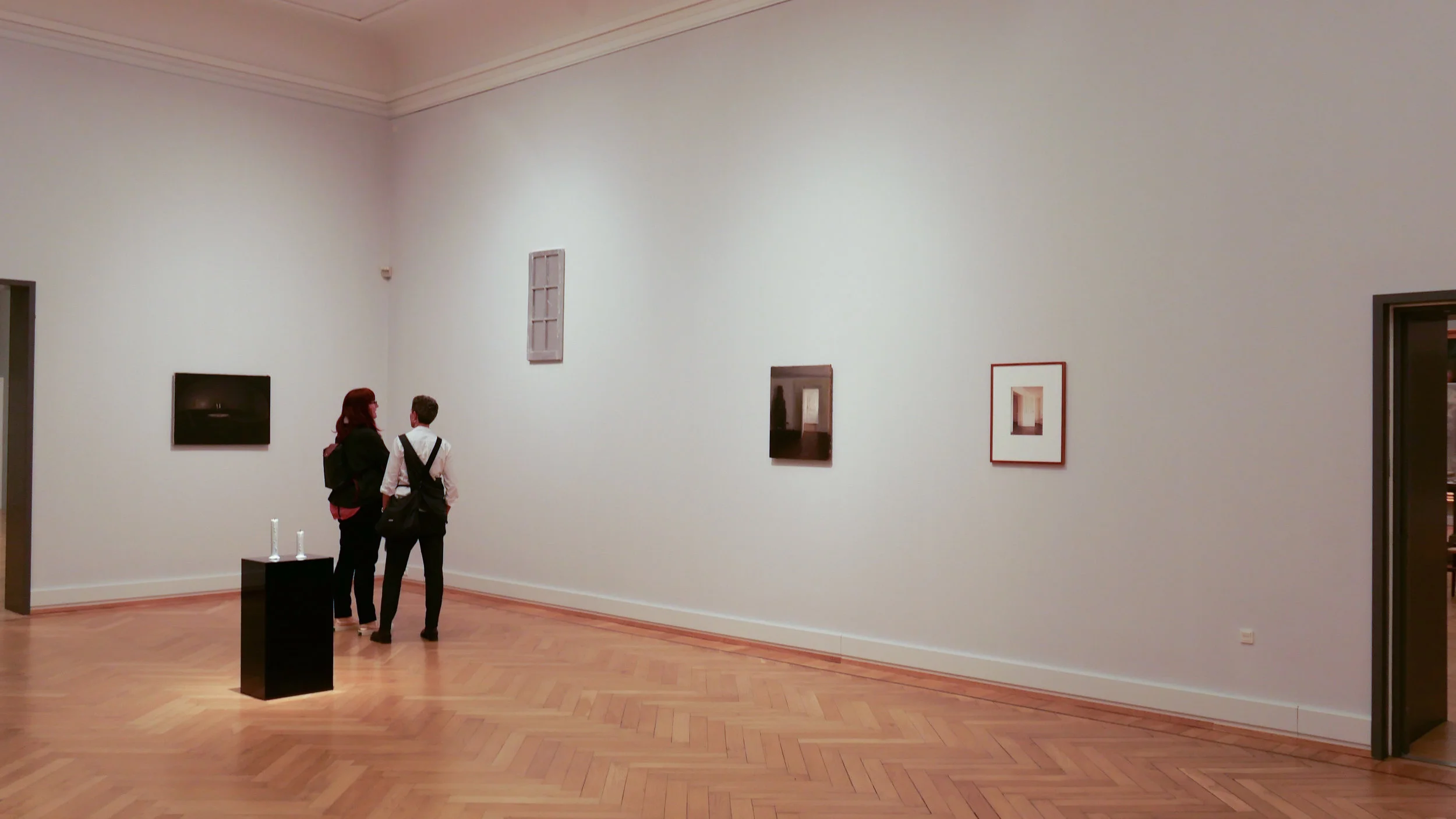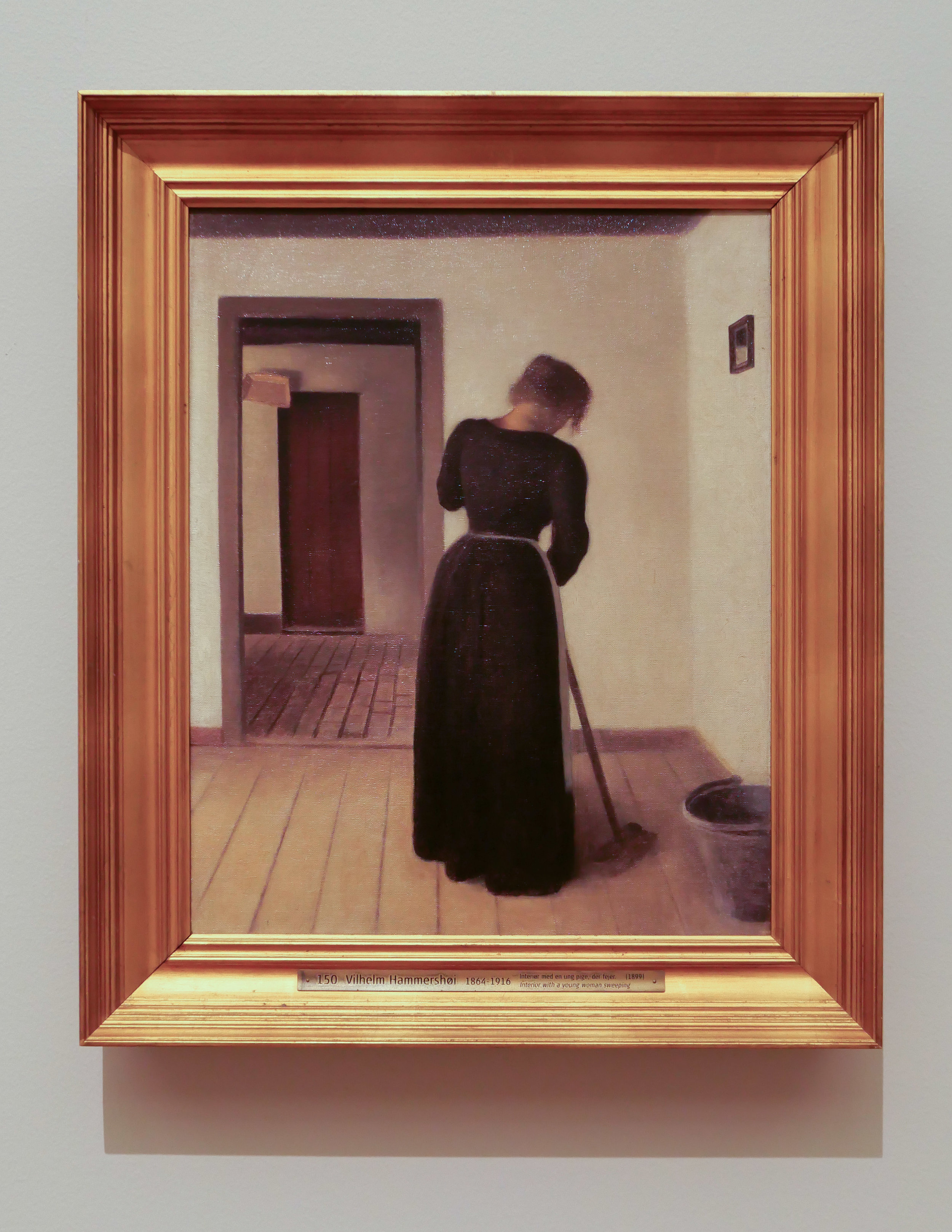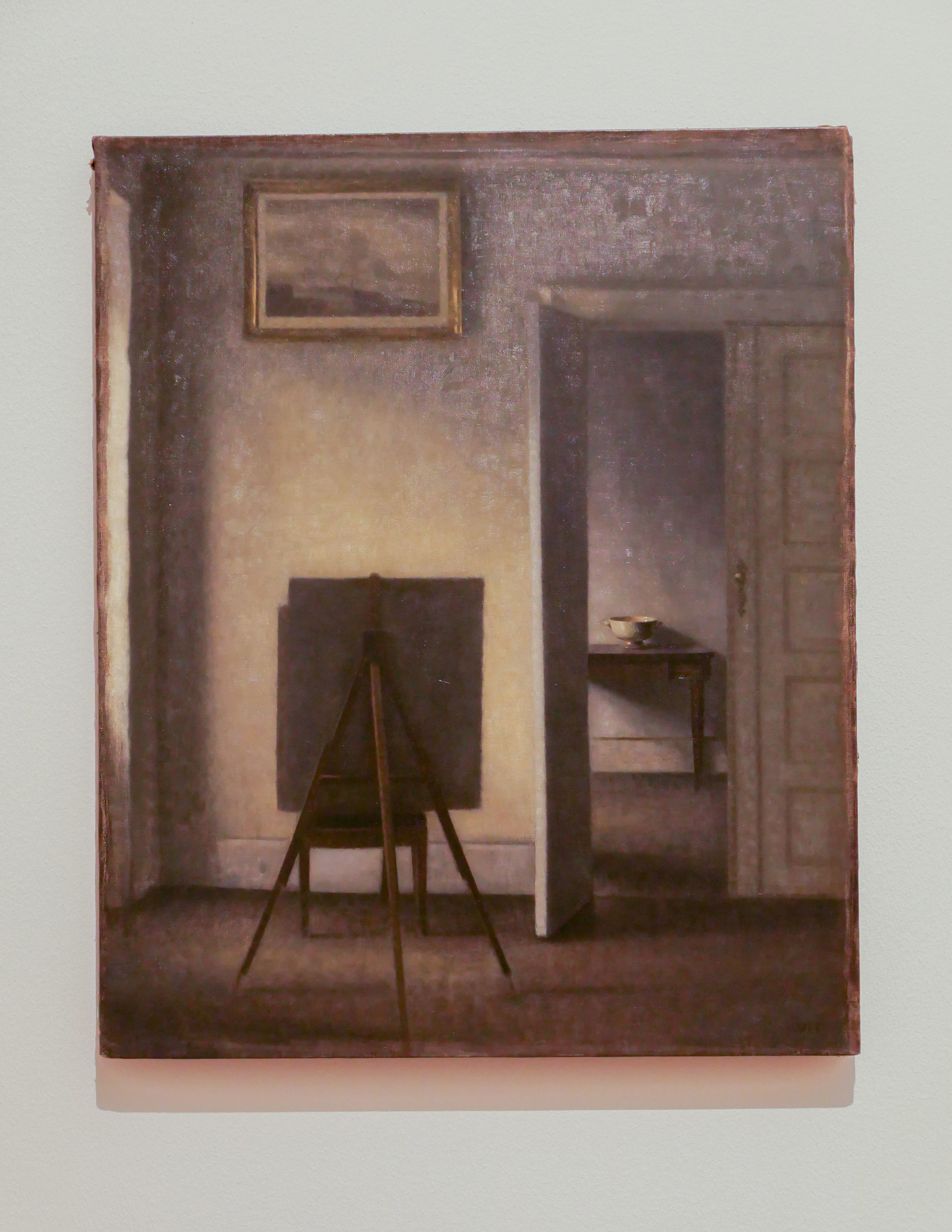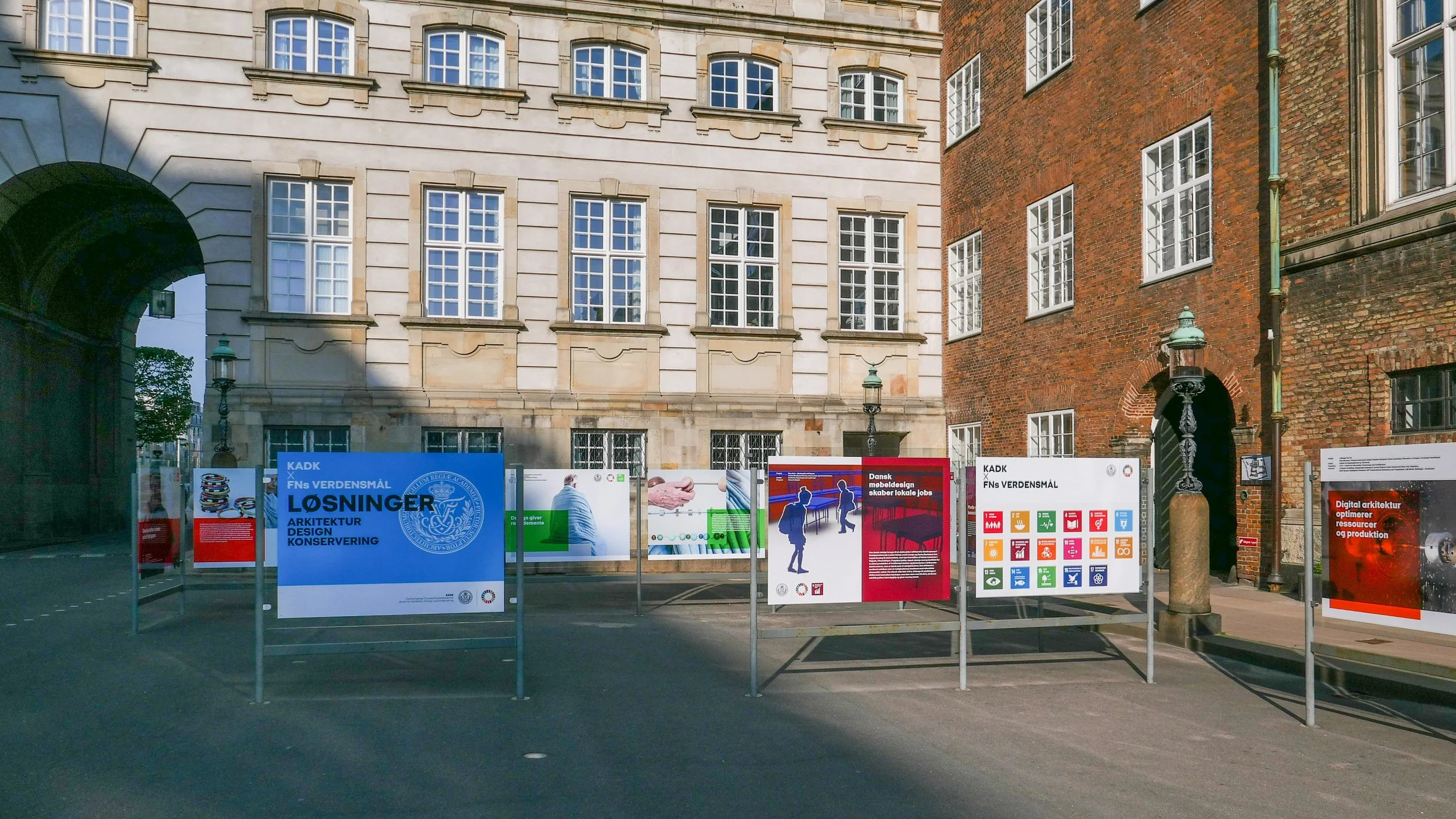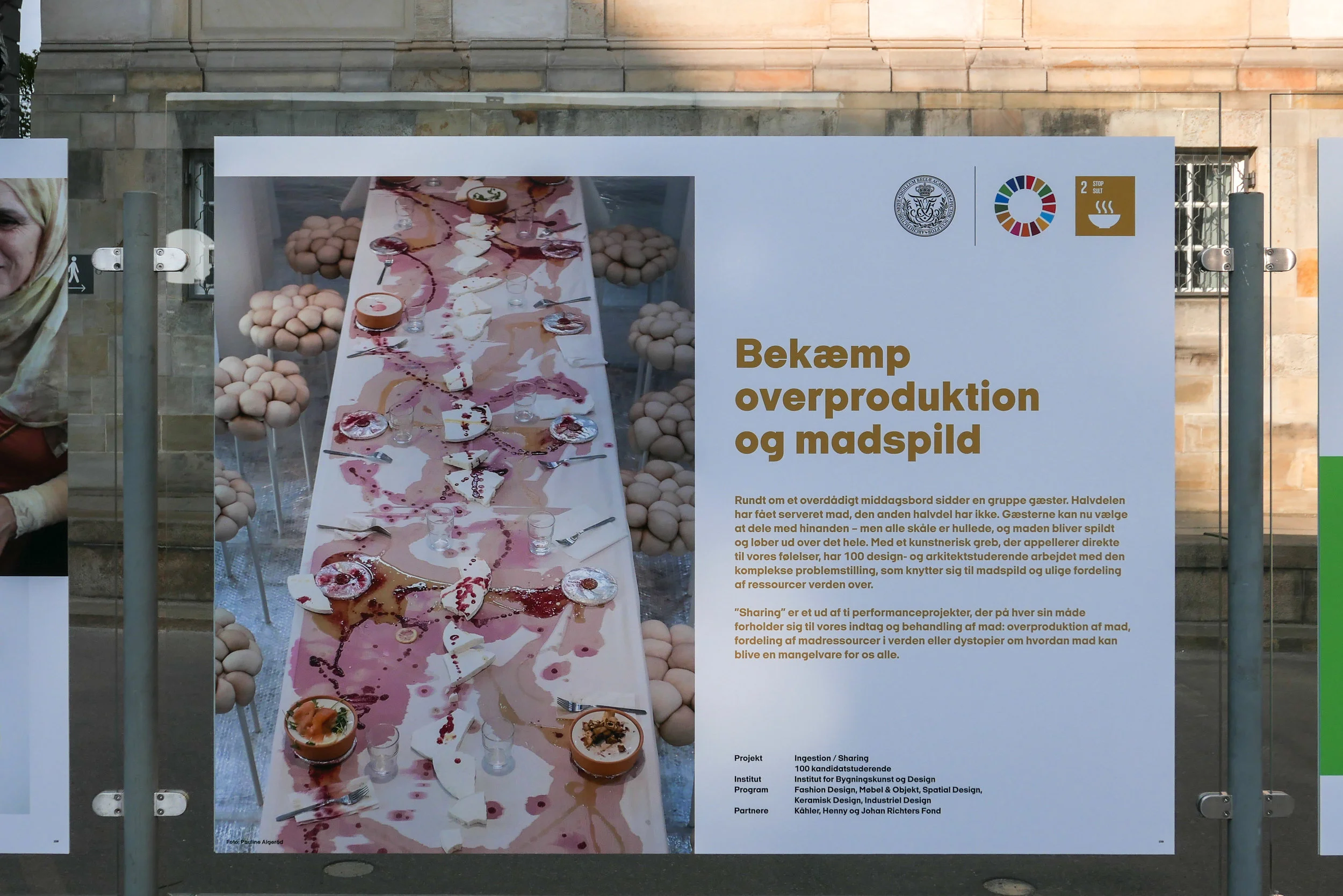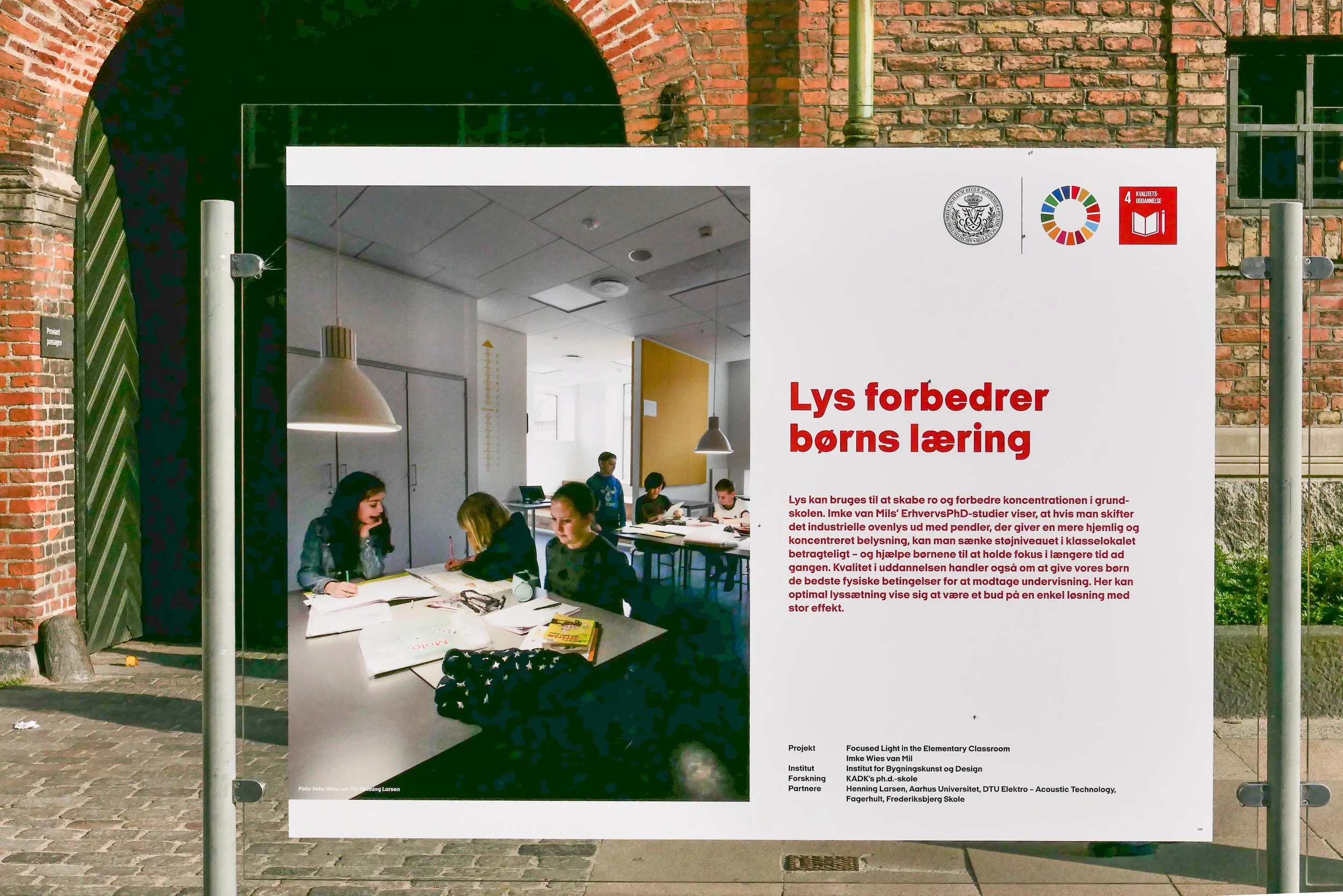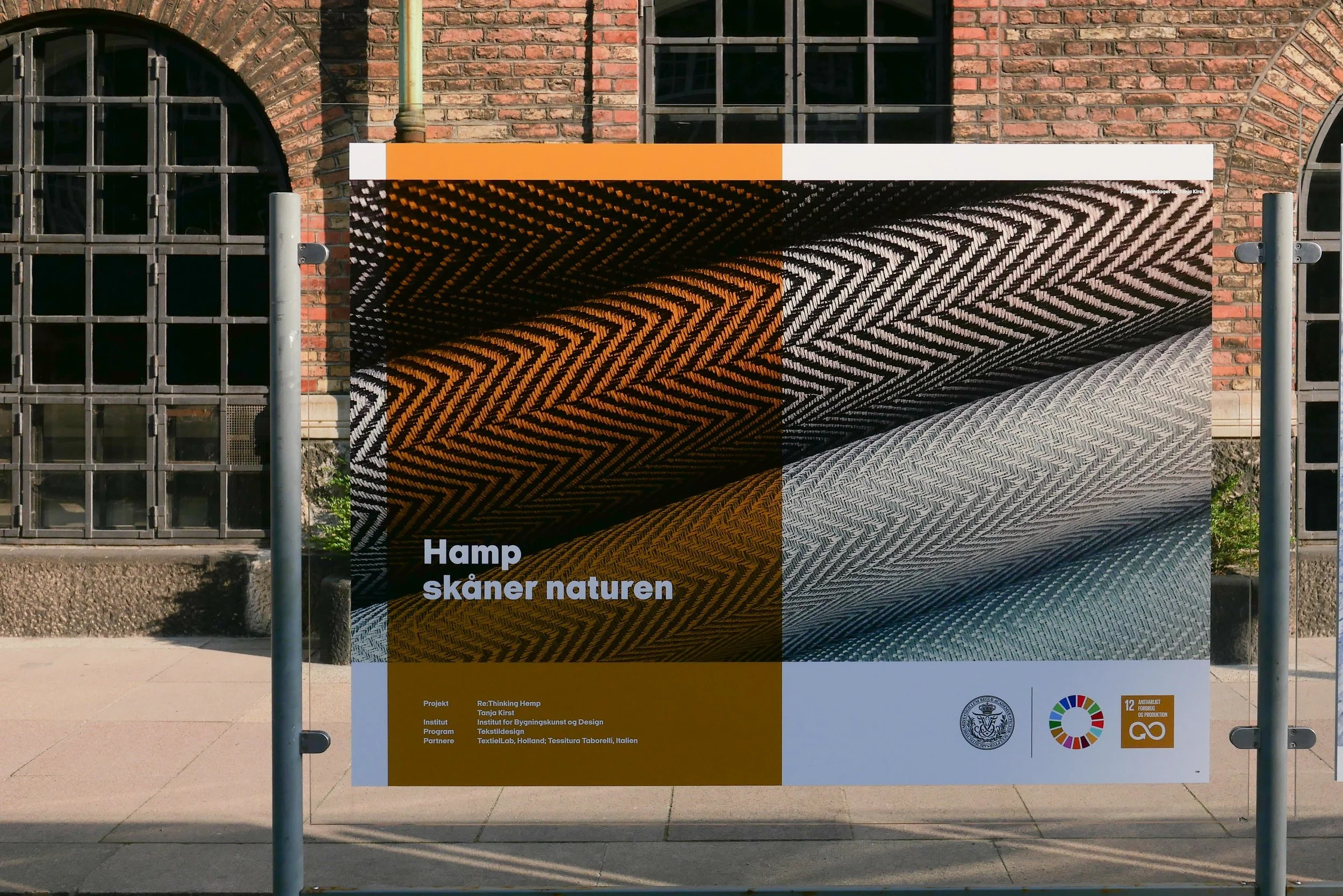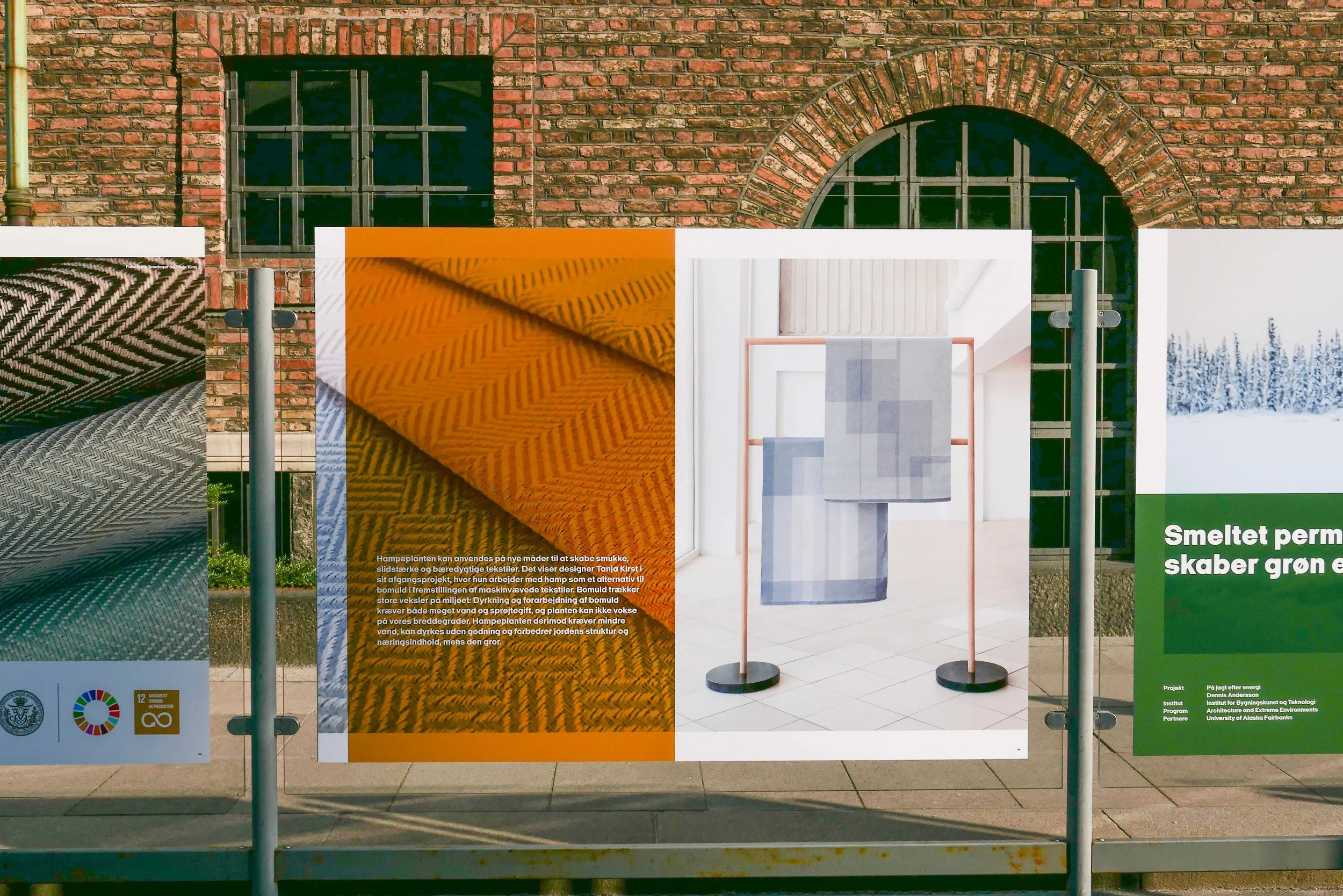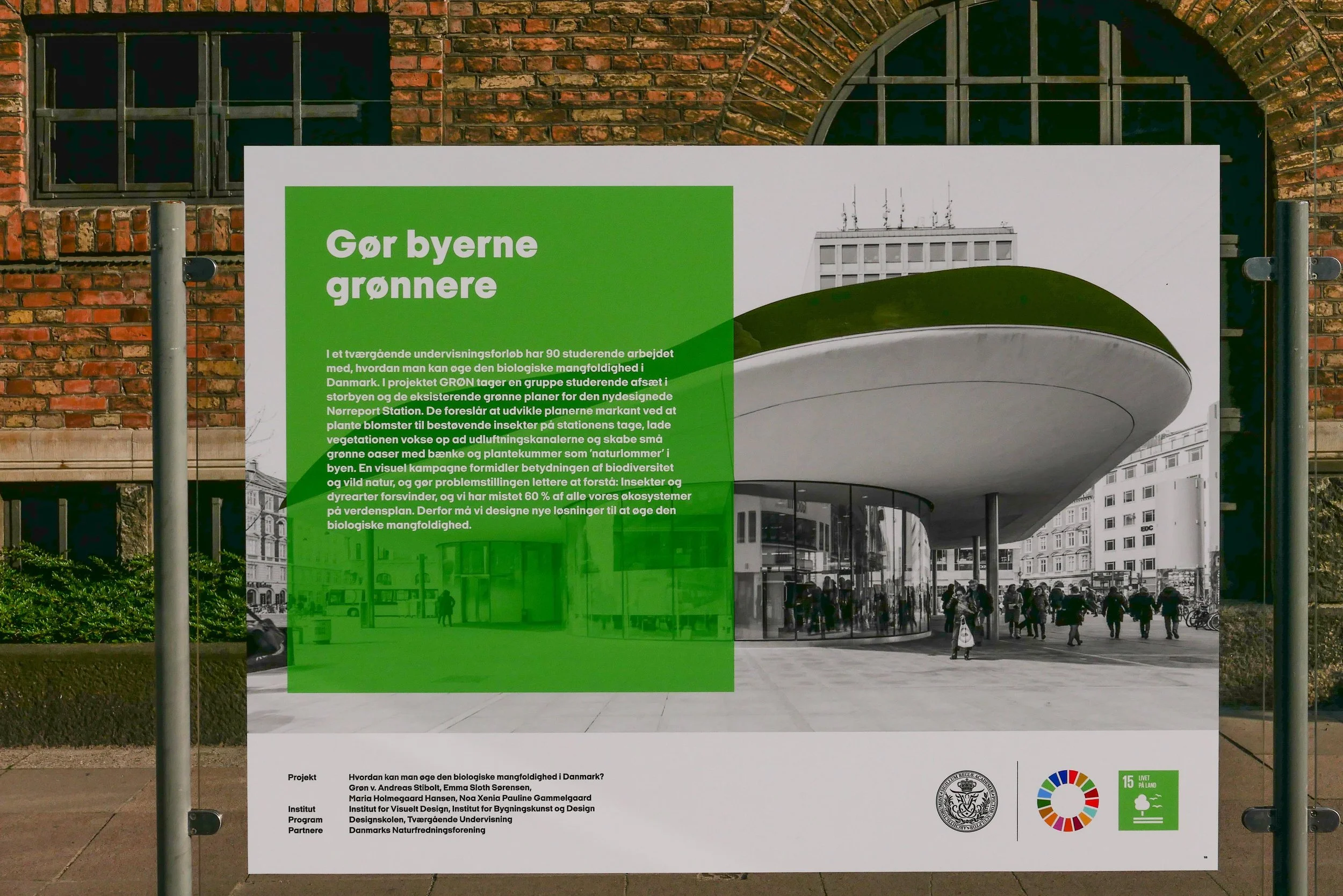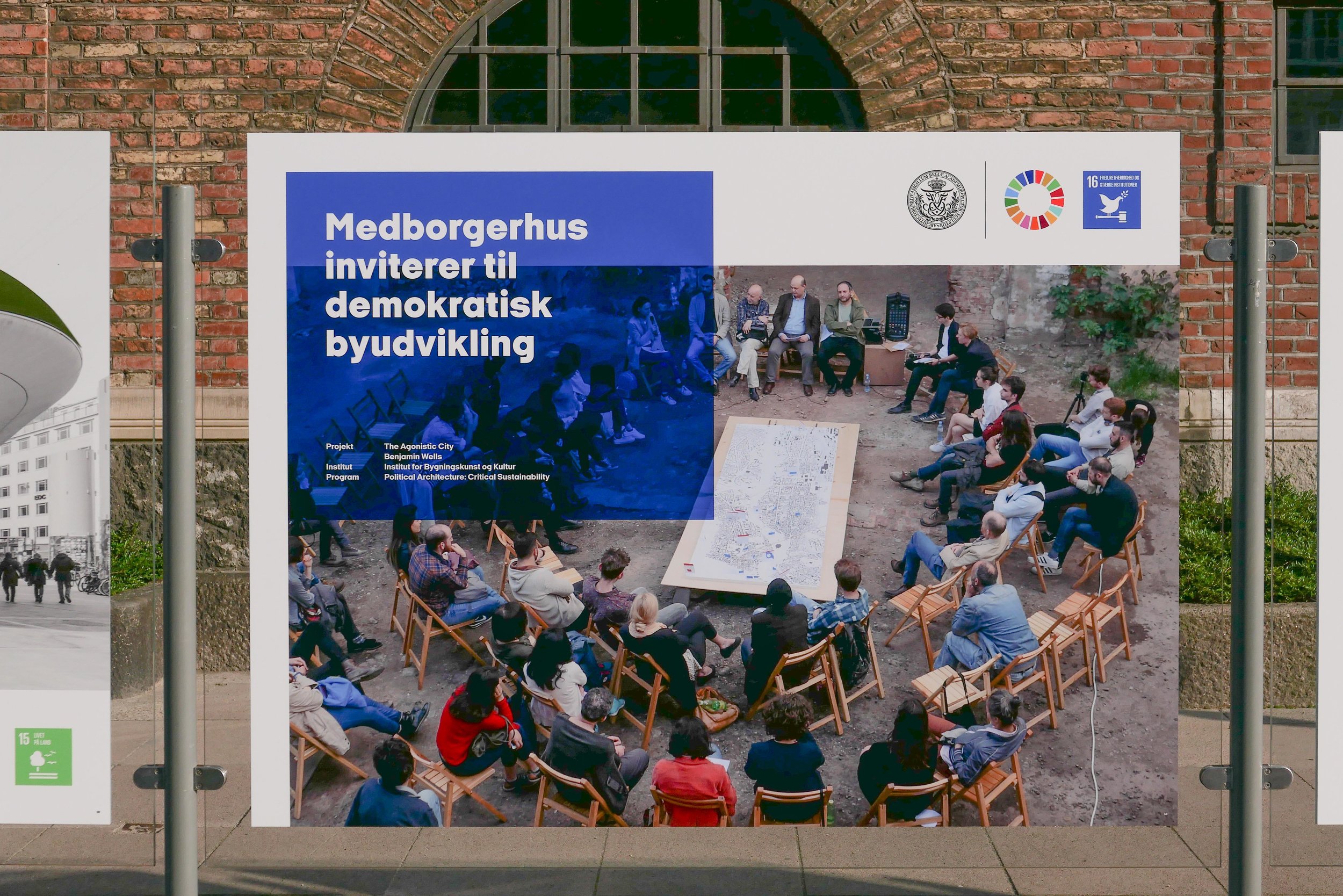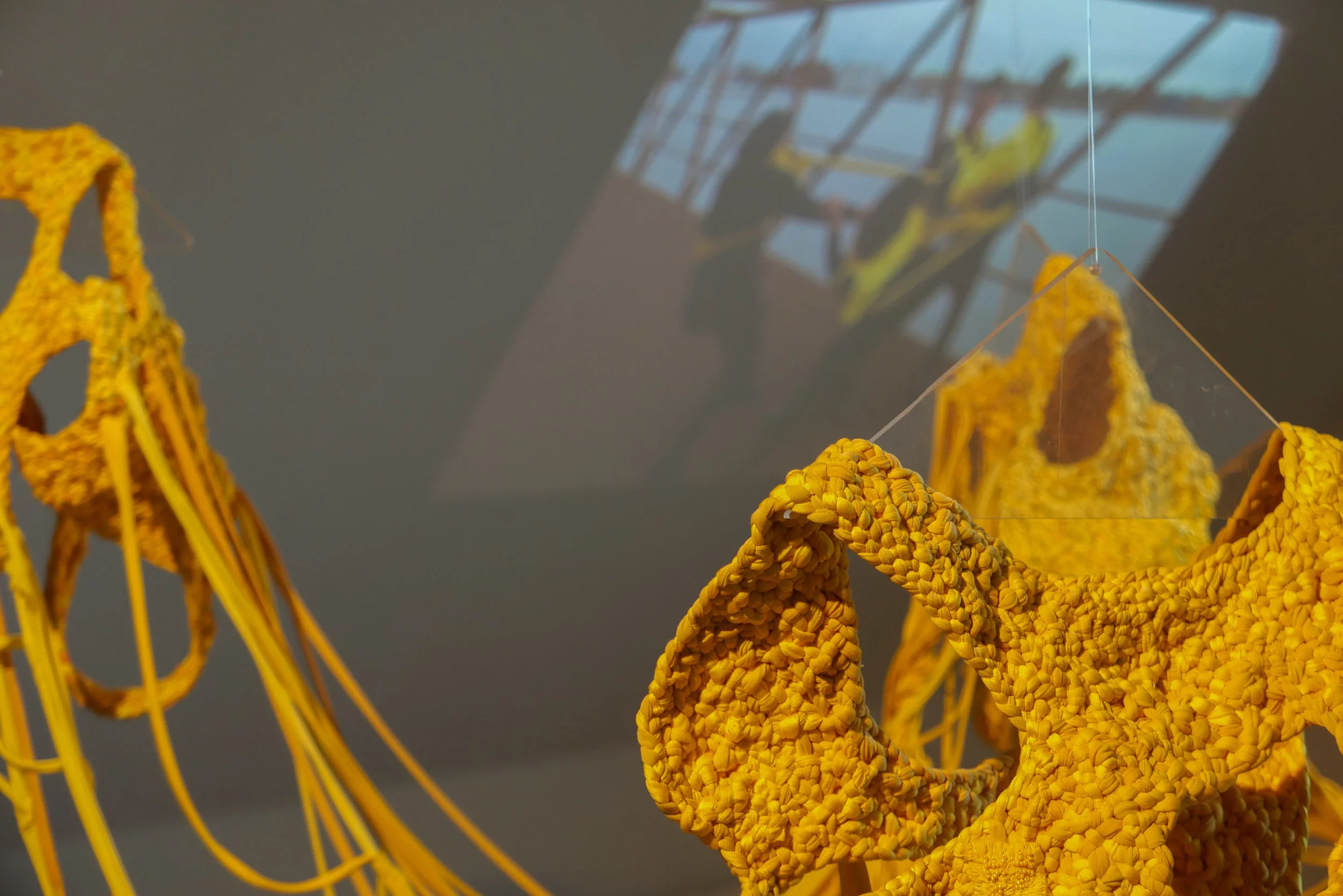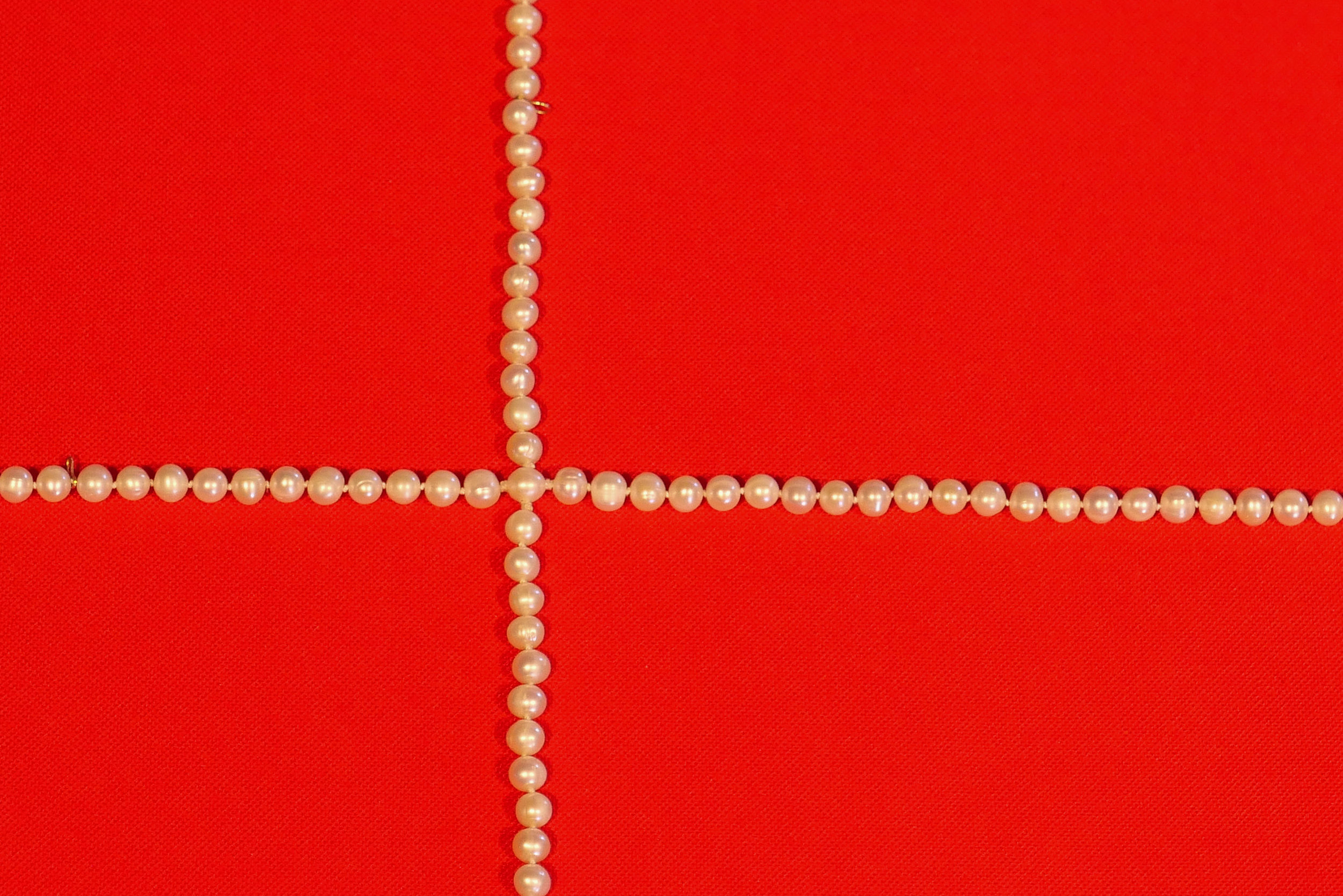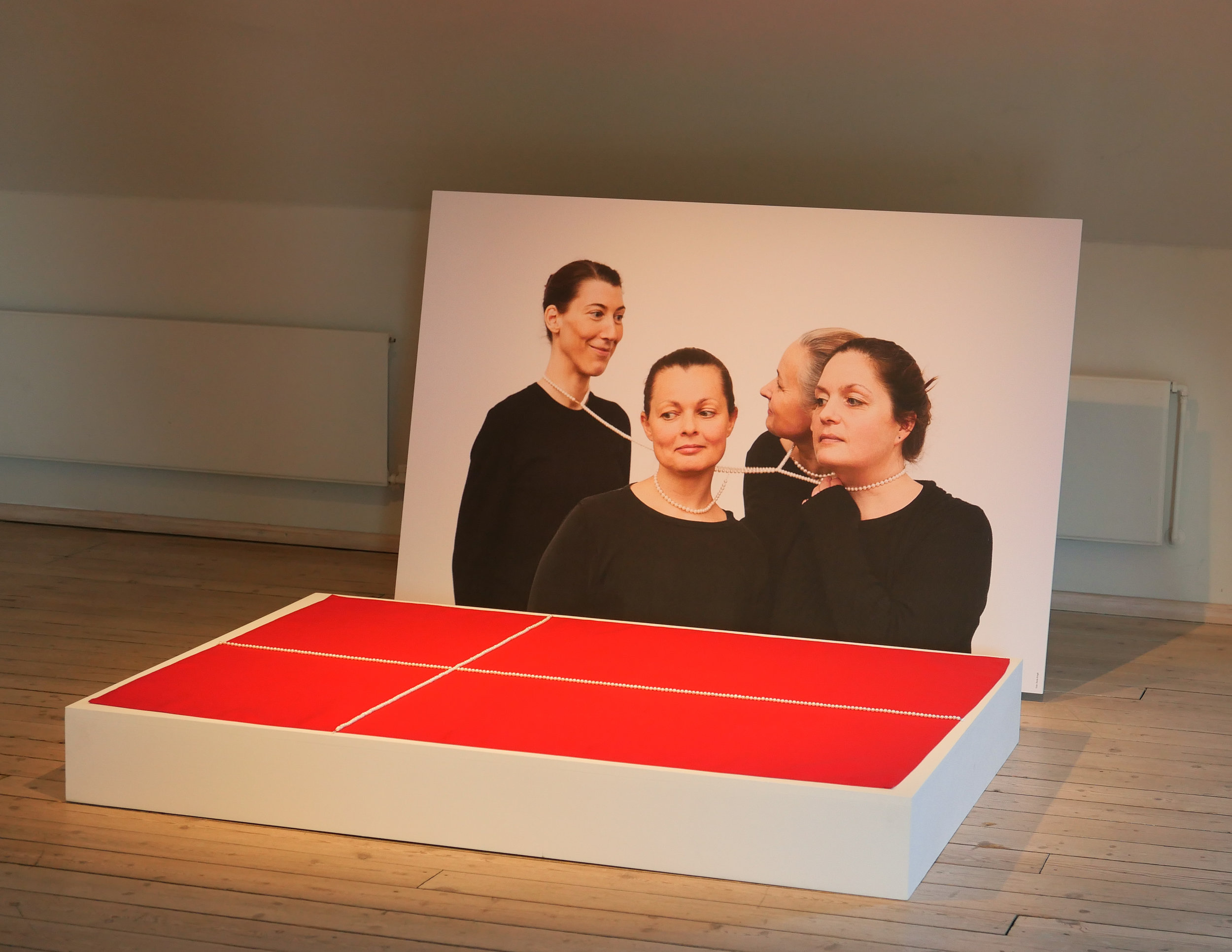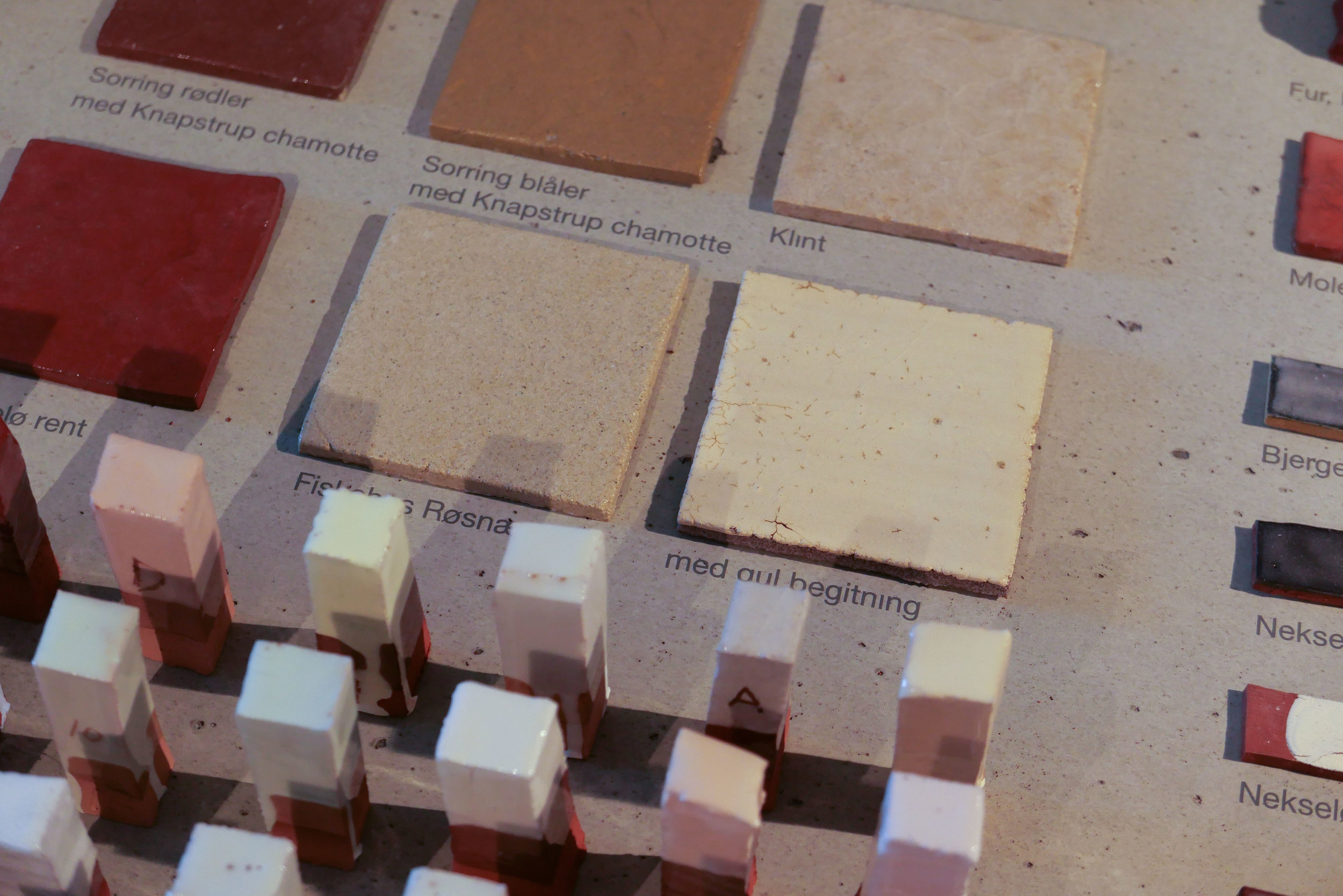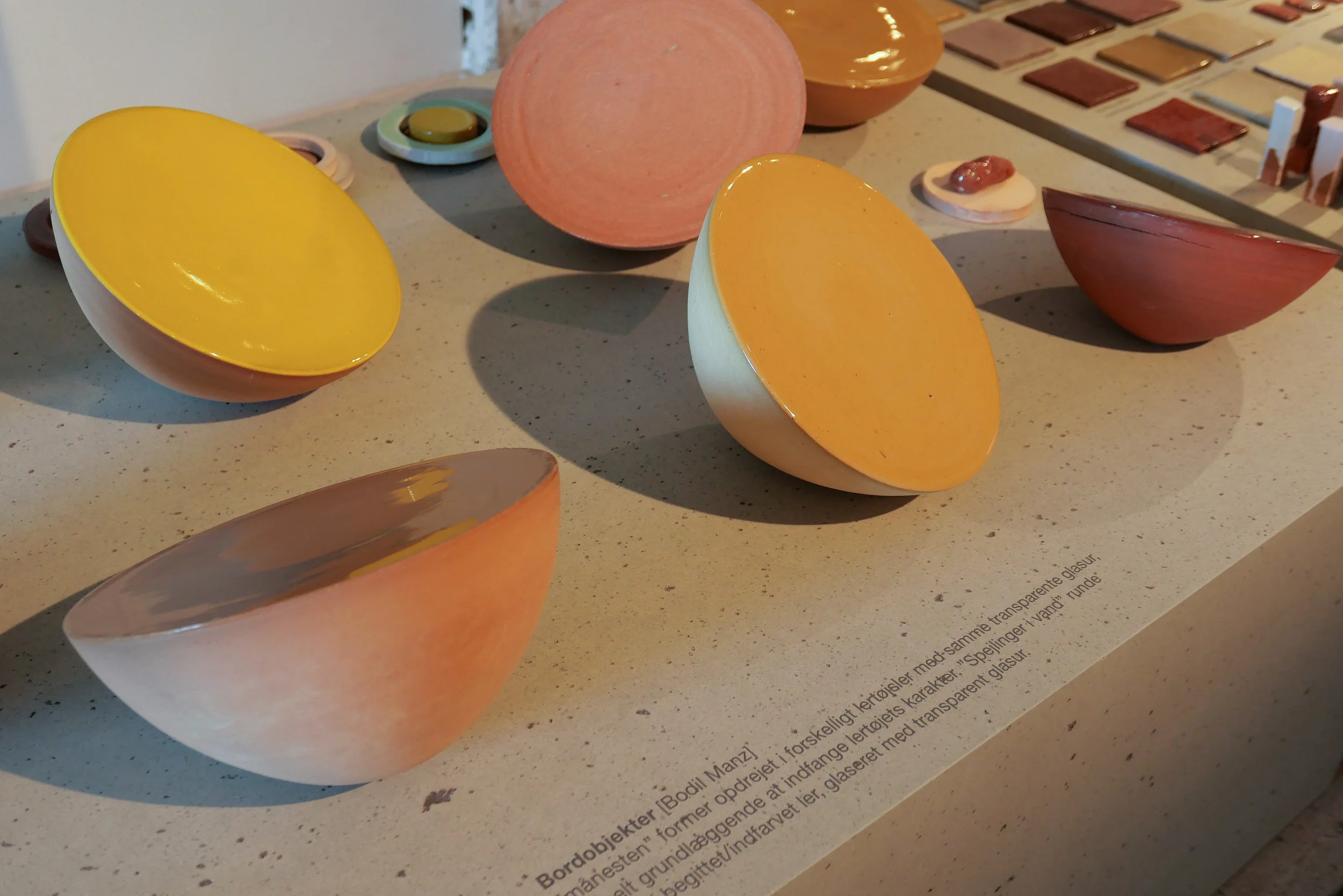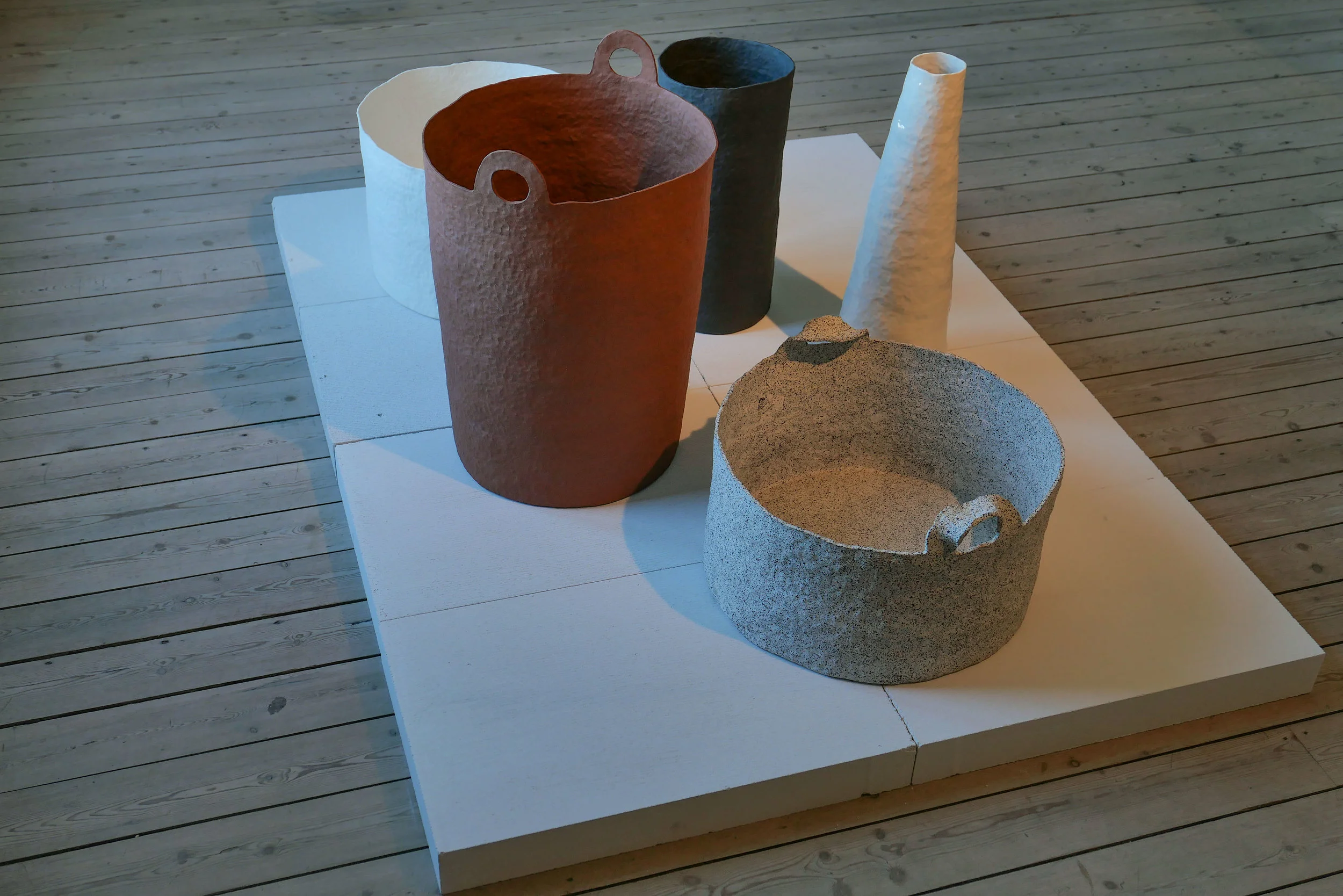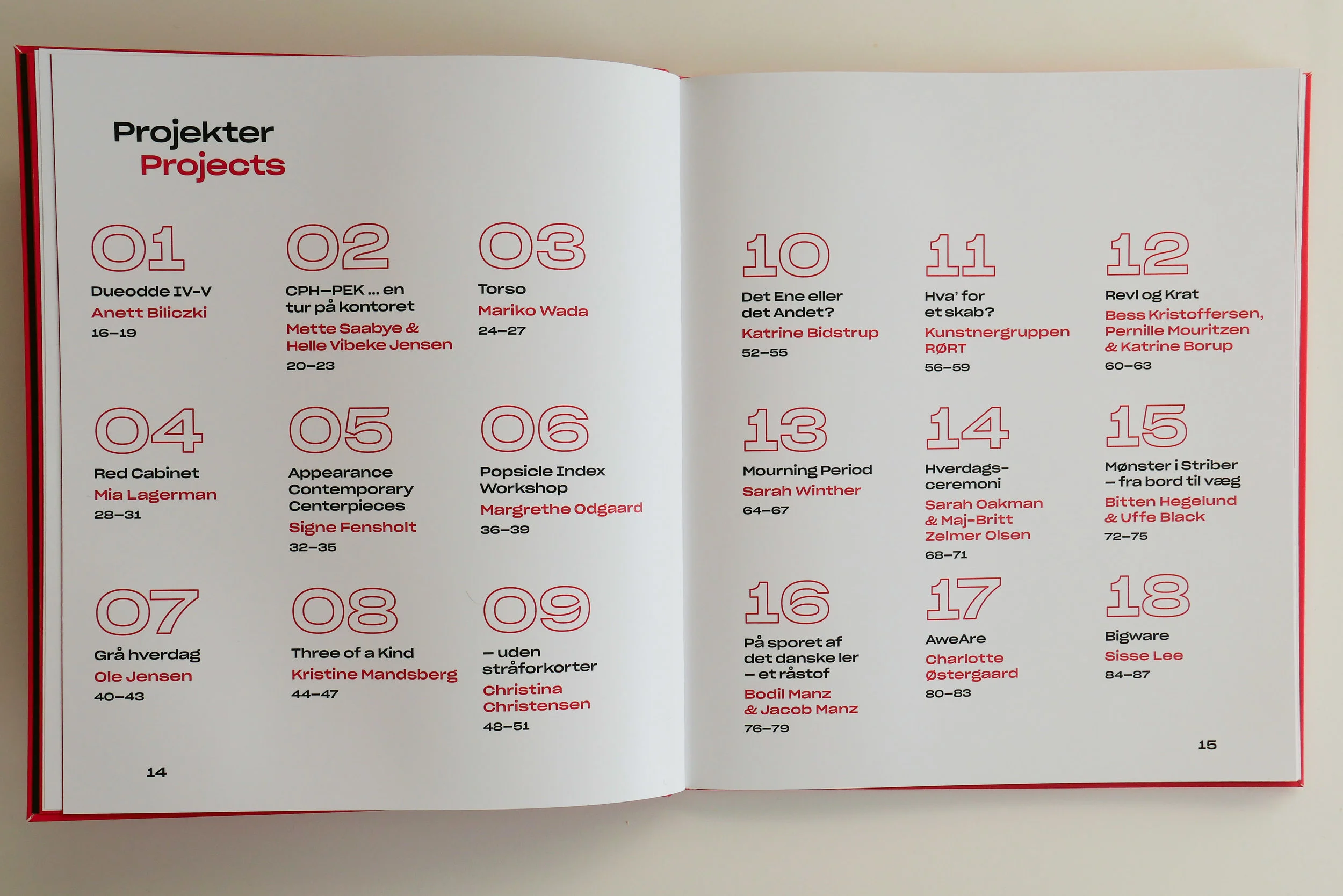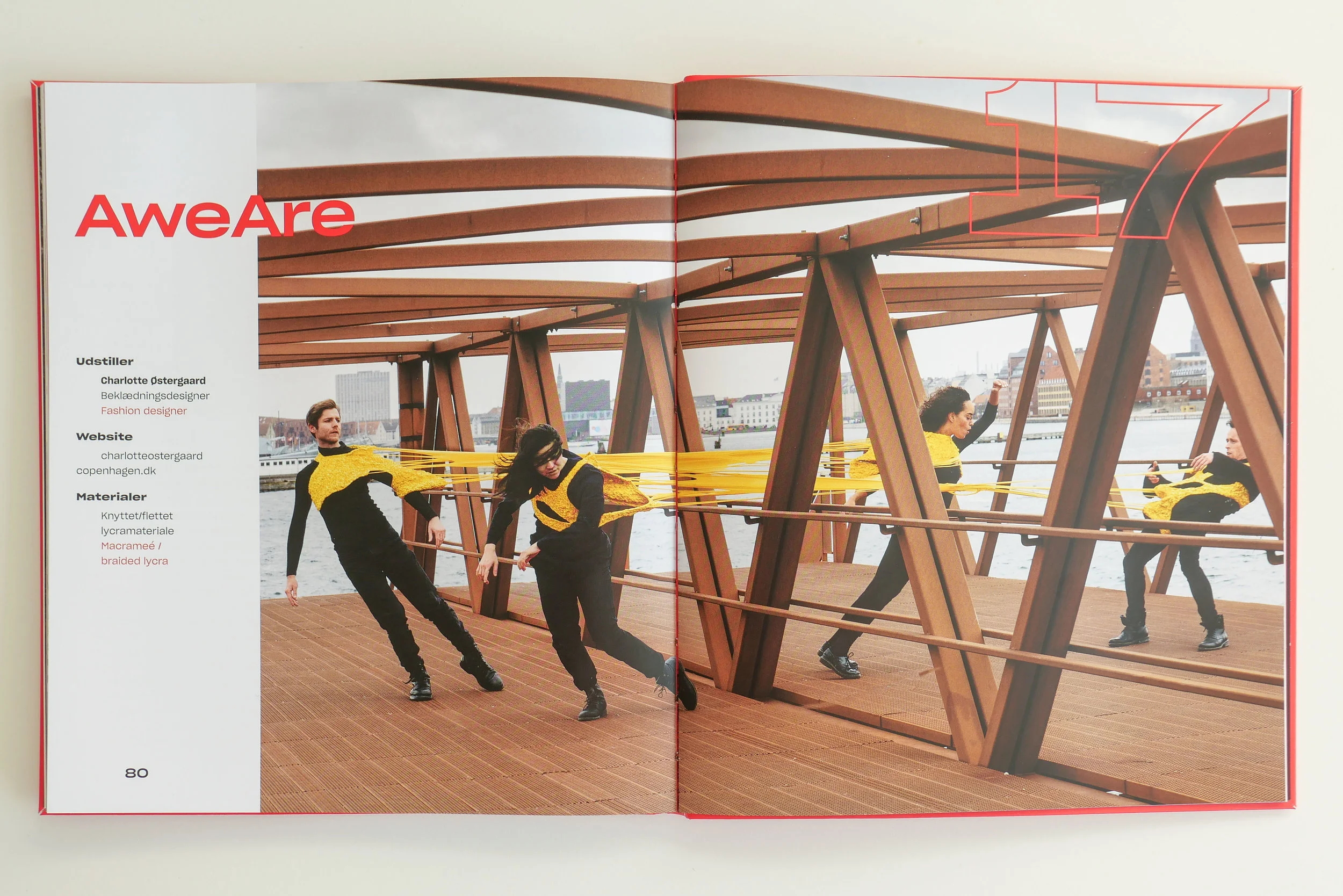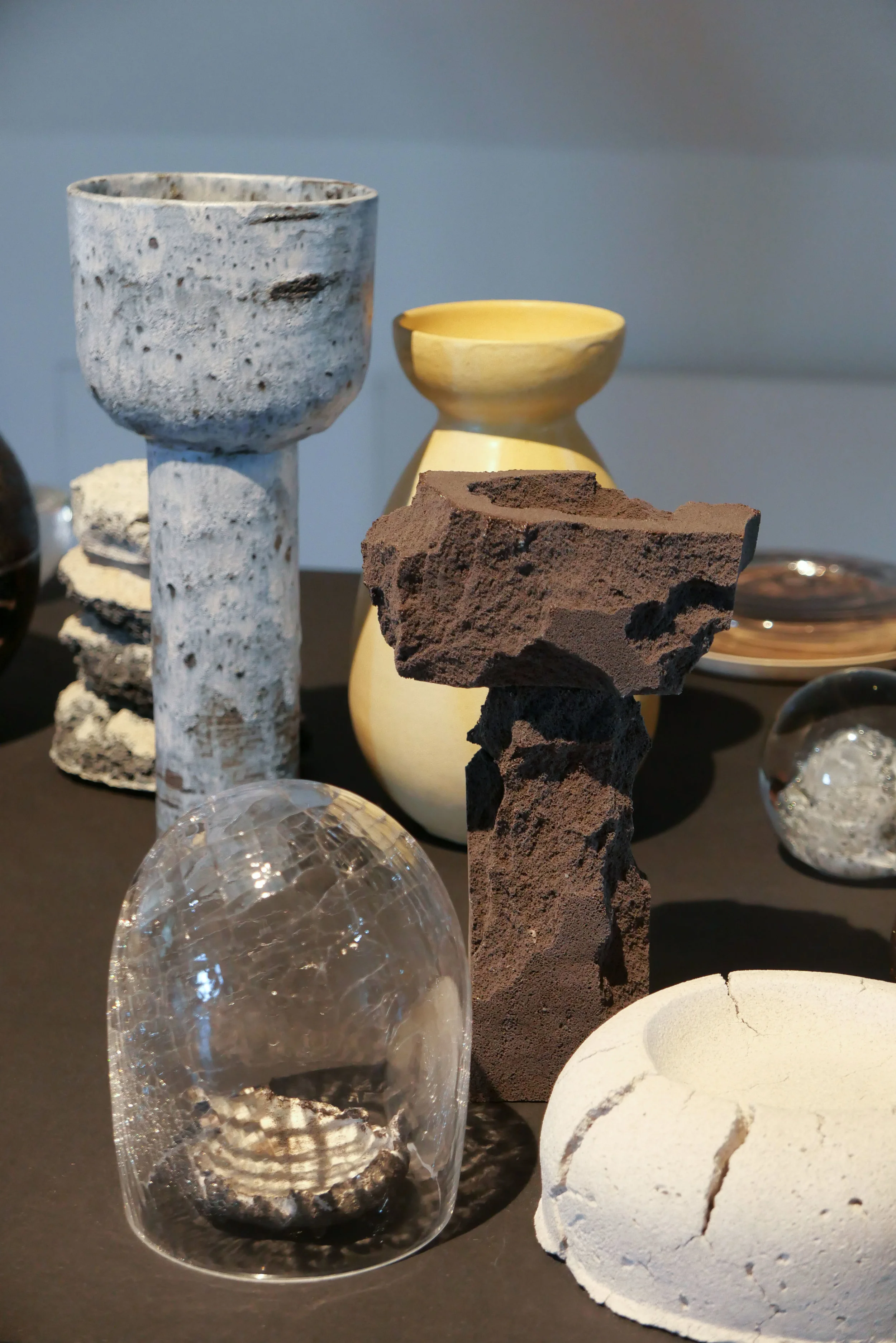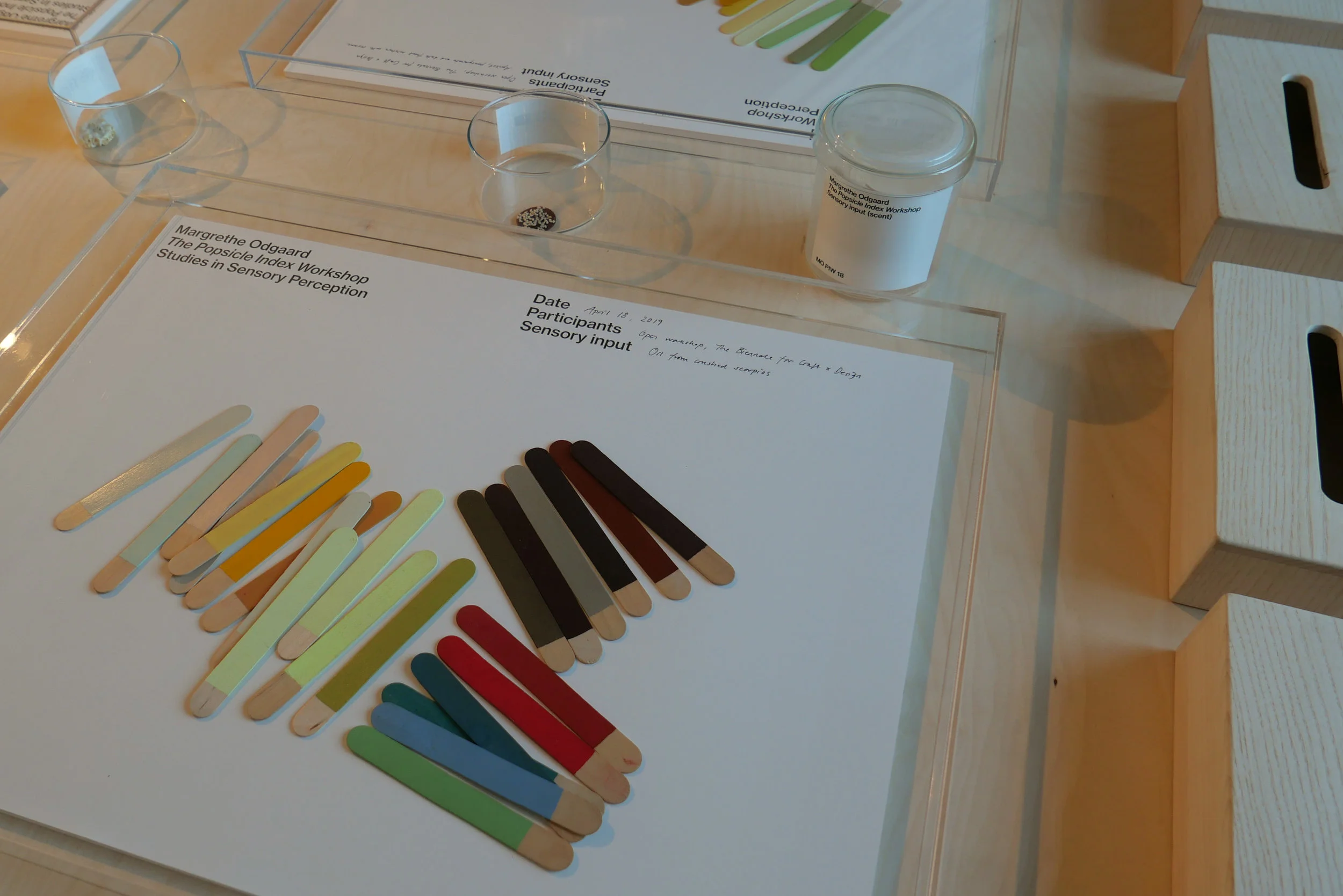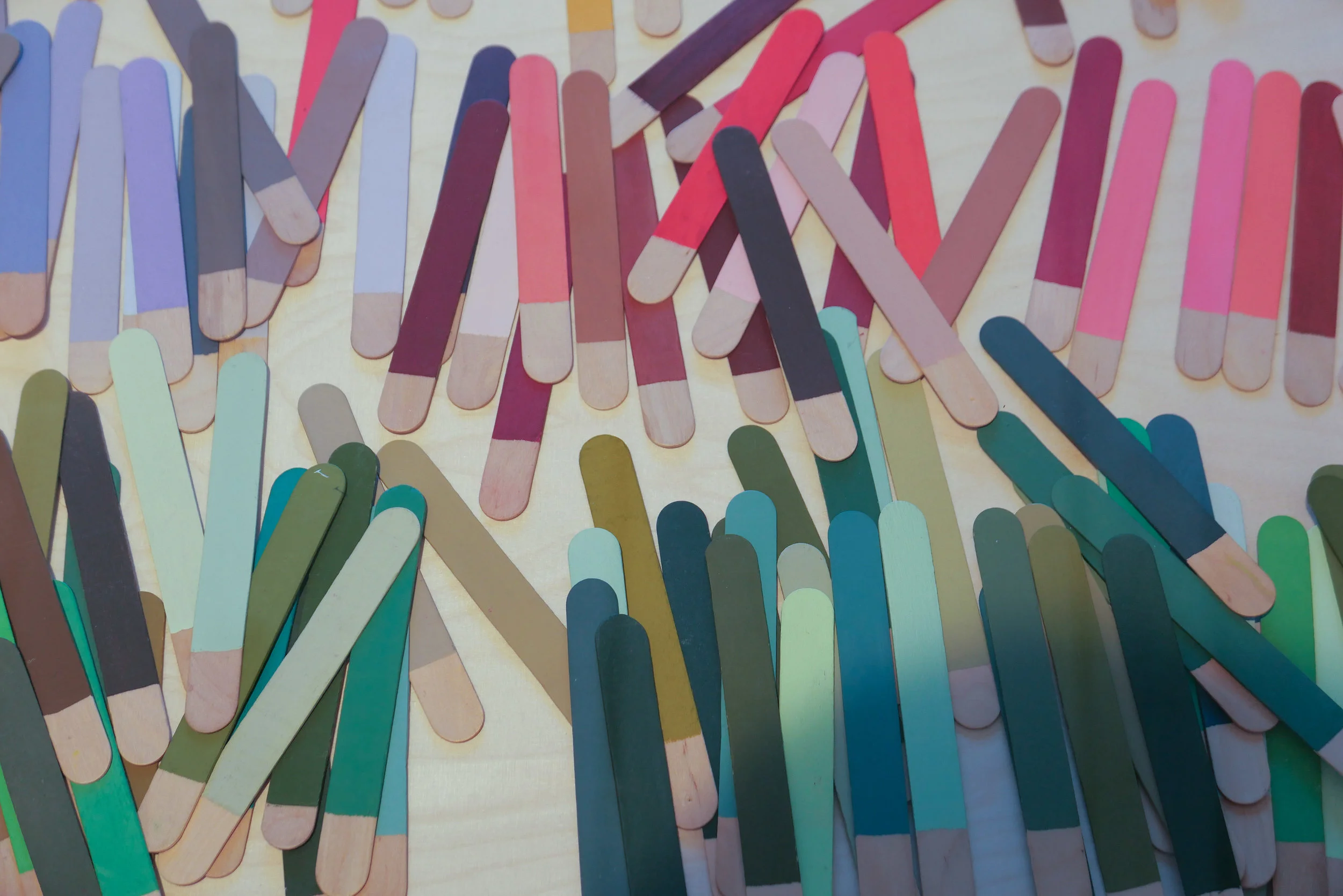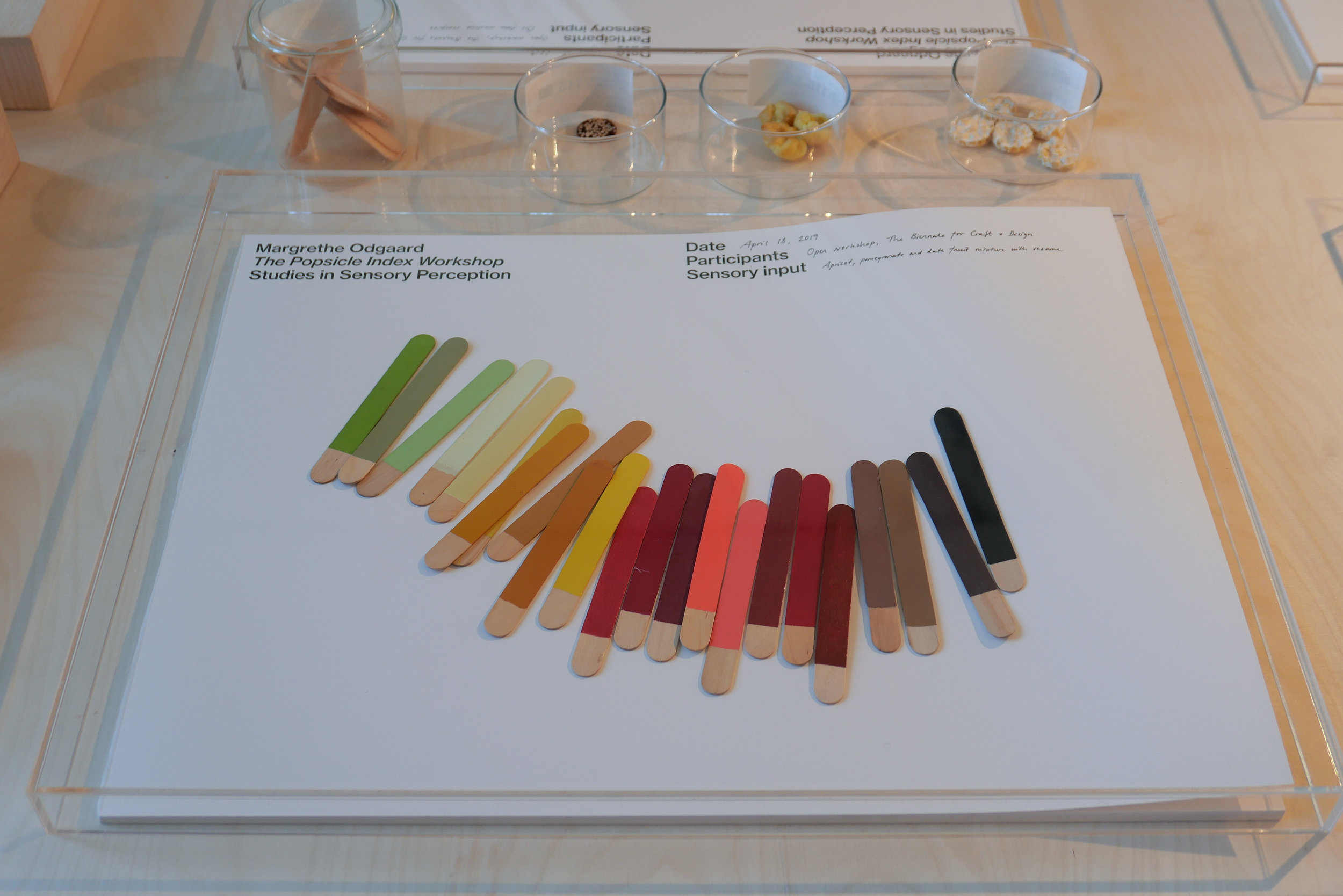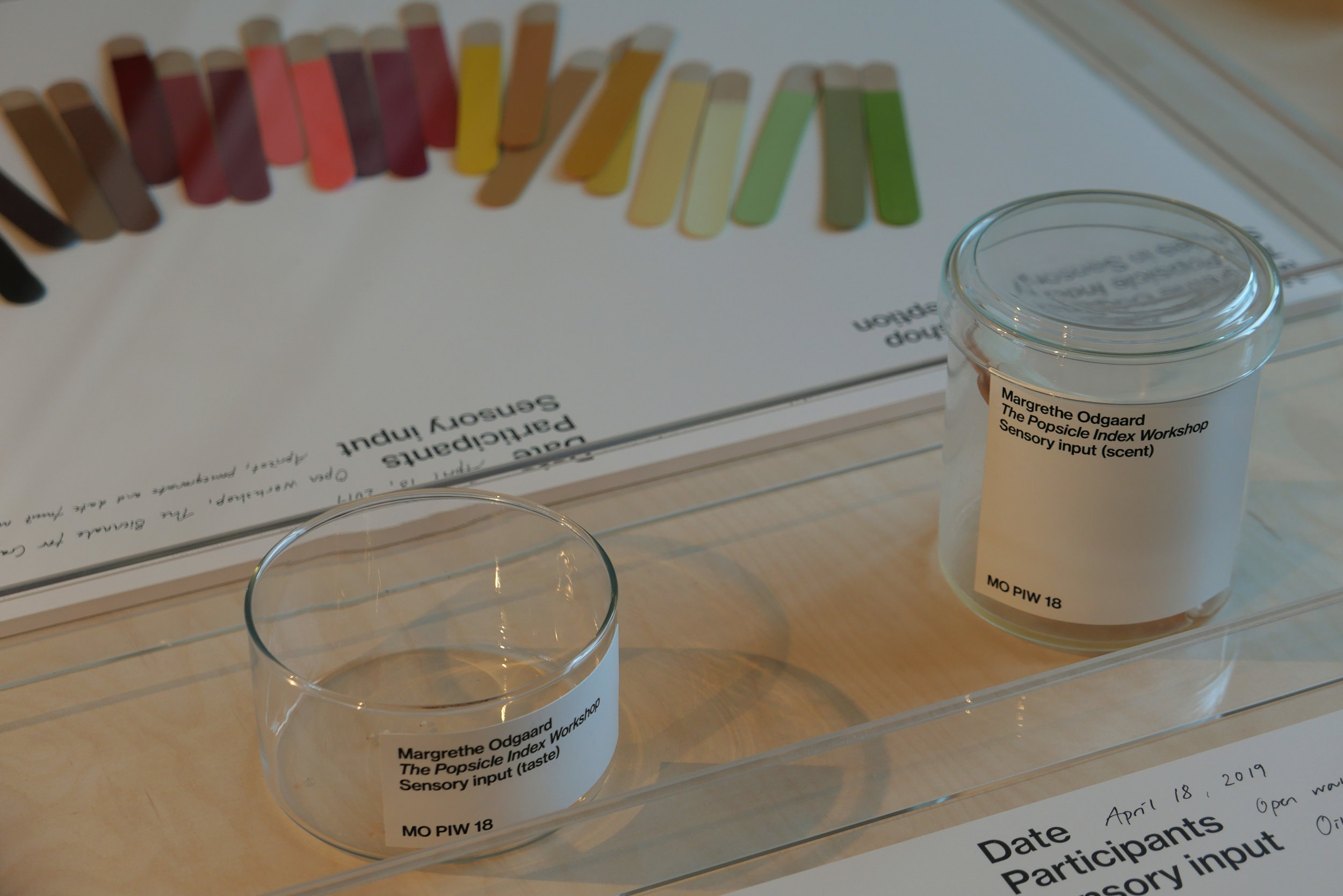sum of the parts …
/
Too often, when writing about architecture, the focus is on famous or obvious buildings - on the latest or the biggest or the best or on the buildings by well-known architects - and it's too easy to forget or to ignore why everyday parts of our townscape are important.
But, living in Copenhagen and walking around the city most days, I can see that it is the streetscape, the buildings together and the otherwise unremarkable but well-kept historic buildings that make the city such a pleasant and attractive and interesting place to live and to visit.
The architect and writer Jan Gehl has focused on how we respond to our urban environment and, over many years, he has looked at how people use the streets and public spaces of a city. Rather than seeing planning just in terms of the buildings themselves or, and worse, planning as simply the implementation of political dictate - the laws of urban administration - concerned simply with zoning or about how streets and squares are laid out in terms of traffic flow or parking bays - Jan Gehl writes about how people use their cities and what makes a city a good place to live.
It's rare for me to leave home here without a camera and I have been keen to look at and record not just buildings in the city but, because I'm a social historian, I look for evidence that shows how the city has evolved … evidence for not only when buildings were built, but why they were built in a specific way and how they were built and how they were used. And if we look at how and why and when buildings were altered or demolished or look at how and when the layout of the streets and squares changed, we can see evidence for how life has changed for people in the city …. and that change can be either rapid - so within a year or two - or buildings reflect change and adaptation over a time-span of decades or even centuries.
Certainly, in Copenhagen, there are important and amazing buildings but, more than in many cities around the world, it is the quality of the parts that make the whole … it is the public space of the streets and squares and courtyards - the areas framed or defined by the buildings and in the streets now it’s the planting and the hard landscaping and the care that is taken with the details and it’s the setting or context for the buildings that together are so important.
But there’s the paradox … we rarely comment on these elements of our built environment - the context and setting of the buildings - when they are right but we can see something, or often, we just feel something, is wrong when something is done badly.
This is one part of what Jan Gehl talked about in the book New City Life where, with Lars Gemzøe, Sia Kirknæs and Britt Sternhagen Søndergaard, he set out what they called “12 key quality criteria” for good city spaces.
These were divided between qualities of protection - so feeling safe against the traffic or protected against crime and violence - qualities of comfort - from opportunities to walk through a city to opportunities for play and exercise and then last are their key qualities - ten, eleven and twelve - that are grouped under what seems like a curious heading enjoyment … or perhaps not so much curious but a quality that is either ignored or simply not appreciated when journalists and academic authors write about architecture.
These key qualities of enjoyment are important so they are worth quoting in full.
They are:
scale - Buildings and spaces designed to human scale
opportunities to enjoy the positive aspects of climate Sun/shade Heat/coolness Shelter from wind/breeze
positive sensory experience Good design and detailing Good materials Fine views Trees, plants, water
… so what, in another book, Gehl called ‘Life Between Buildings.’
To consider some of these aspects of architecture design and planning, this new occasional series of posts, under the heading sum of the parts, will look at streetscape in Copenhagen; at the details and the outcome or the reality of planning policies, and at aspects of how people here use public and semi-public parts of the city and why well-thought-out architecture of a high quality with good landscaping and good street furniture, together make Copenhagen not just a pleasant but a visually stimulating place to live.
Good planning and good building is not necessarily about doing something that is perfect or even something that fits in - so something conventional or safe - because too often that becomes a matter of simply ticking boxes on a design pro forma but it should be about doing something that is appropriate for a specific place or for a distinct part of the city and is something that is thought through and done in a way that is resilient - which means often that it is something that has been done for the long term - and something that settles in and wears well and works well and, more often than not, that means it should work without shouting at the user.
In English architectural studies "polite" architecture is usually taken to mean the architecture of the rich although, and curiously, few books seem to talk about "rude" architecture.
So generally, in urban architecture and planning, the aim should be for architecture that is quiet and does what it is meant to do without being intrusive … so polite in that sense. That is what makes doing what is appropriate important and surprisingly difficult and, too often, when the appropriate is achieved then it is not appreciated enough.
New City Life by Jan Gehl Lars Gemzøe, Sia Kirknæs and Britt Sternhagen Søndergaard, The Danish Architectural Press (2006)
Life Between Buildings, Using Public Space, Jan Gehl, Island Press (sixth edition 2011)
*I've been told by several Danes that they can't understand why the English like puns so much … so I hope that I can get away with the general title of this series as less of a pun and more of a homophone although, of course, I like the idea that, when there are enough posts in this ongoing series, they will have to be indexed as some of the parts of sum of the parts.







